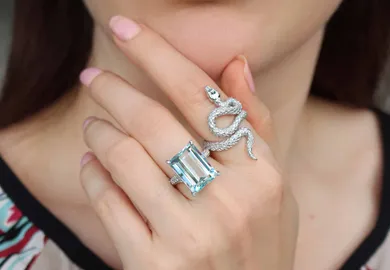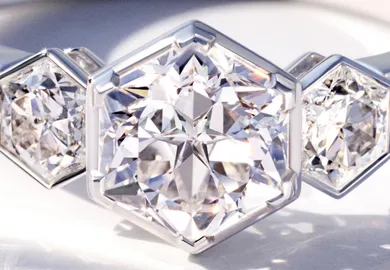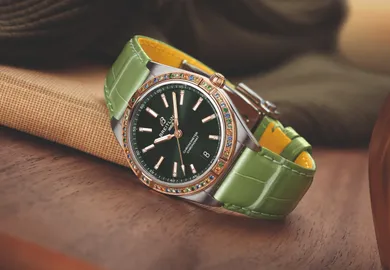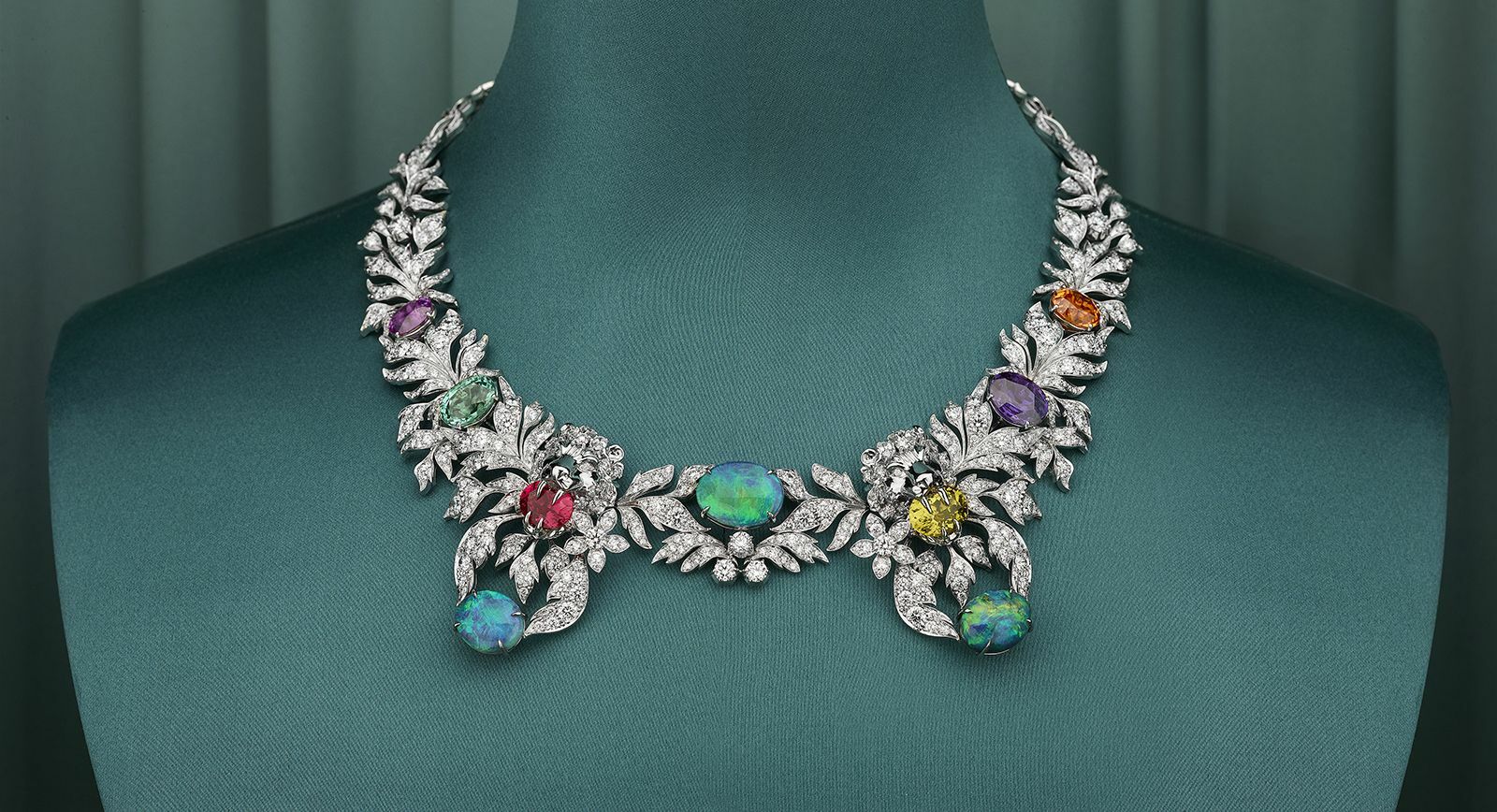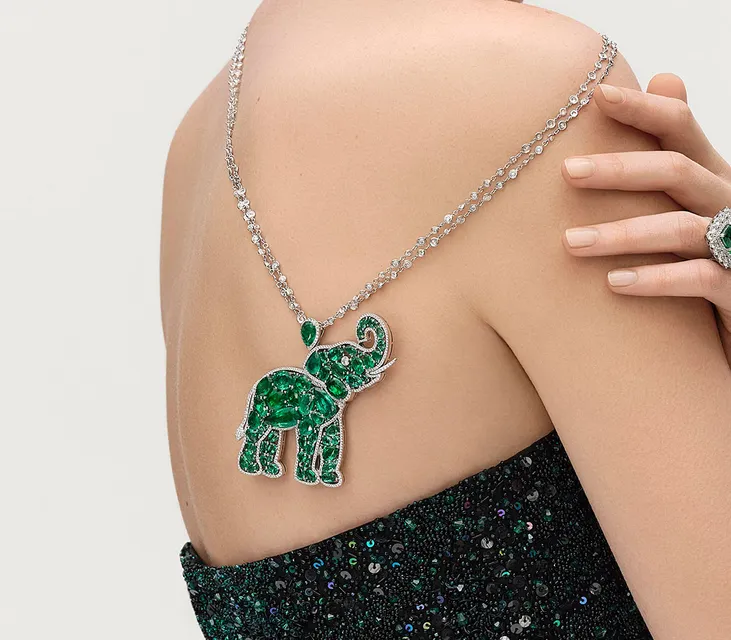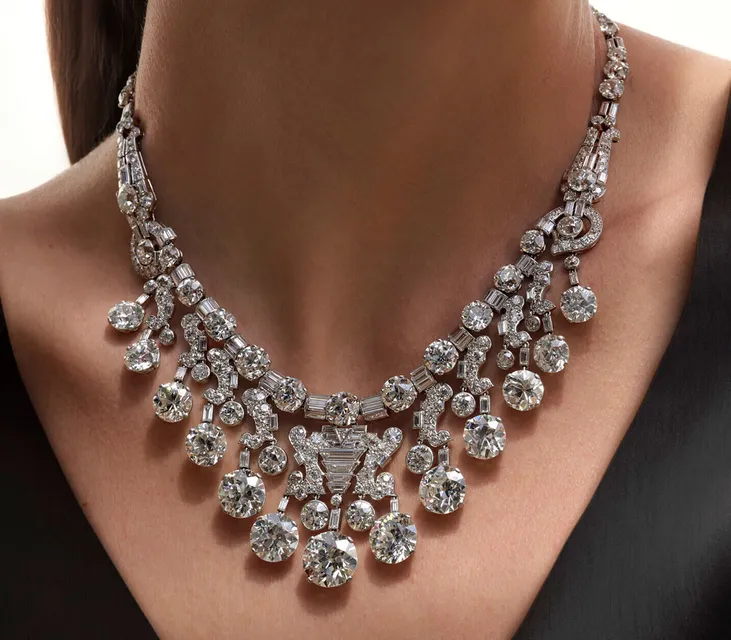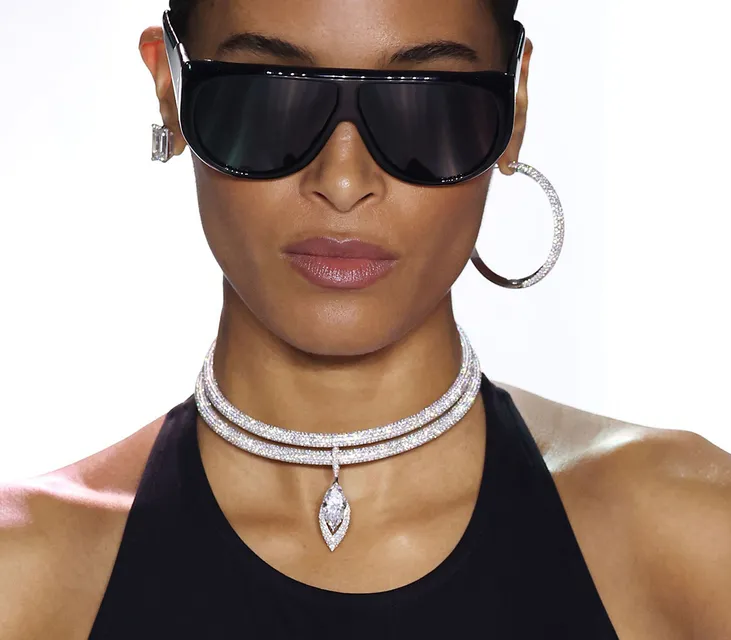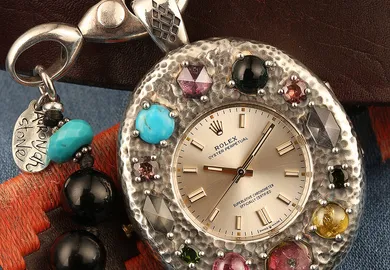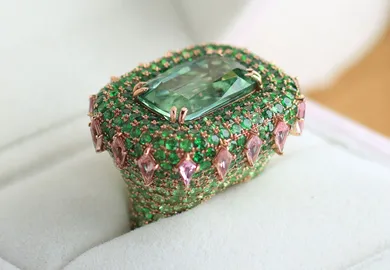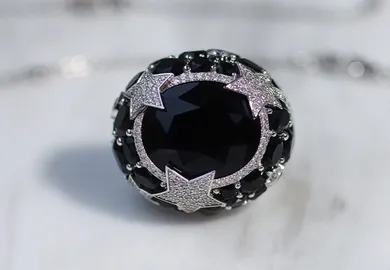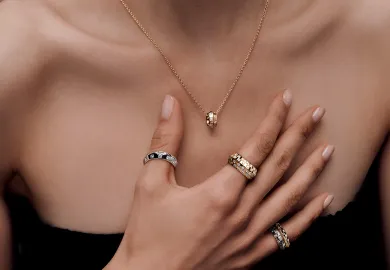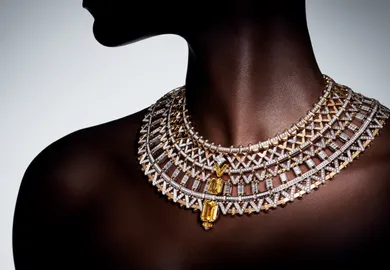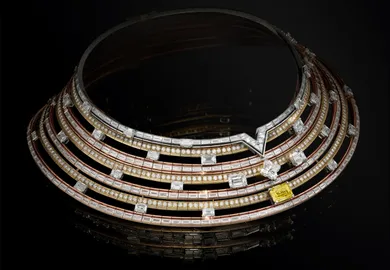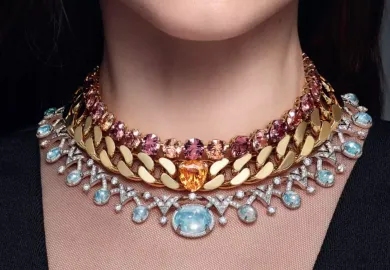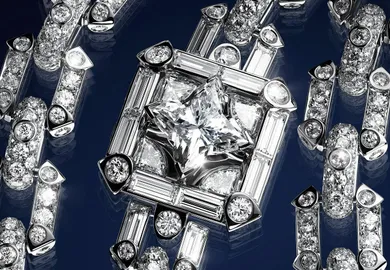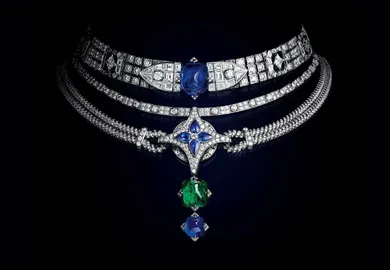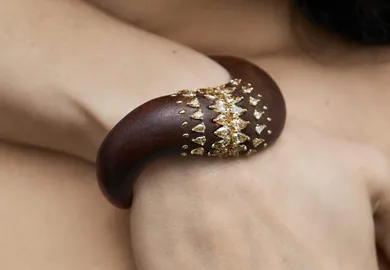

Peridot: August’s intriguing birthstone
Peridot is acknowledged as the birthstone for August, and is an enchanting gem that boasts covetable lime green, almost neon, colour. This striking appearance means that – while it is not one of the traditional gemstones to see in fine jewellery, peridot is certainly always eye-catching.
The roots of the gemstone’s name are uncertain, but one theory proffers that its beginnings lie in its alternate title, chrysolite from the Ancient Greek ‘chrysos’ – gold and ‘lithos’ – stone. Another version suggests that it is named after the French word ‘peritot’, meaning gold, because the mineral can lean towards this colour. Owing to this etymology, since ancient times the peridot has been considered a tradesman’s stone – likely because of its associations with the word ‘gold’. In the middle ages, the stone was considered a talisman for hope, and today, the peridot remains the National gem of Egypt.
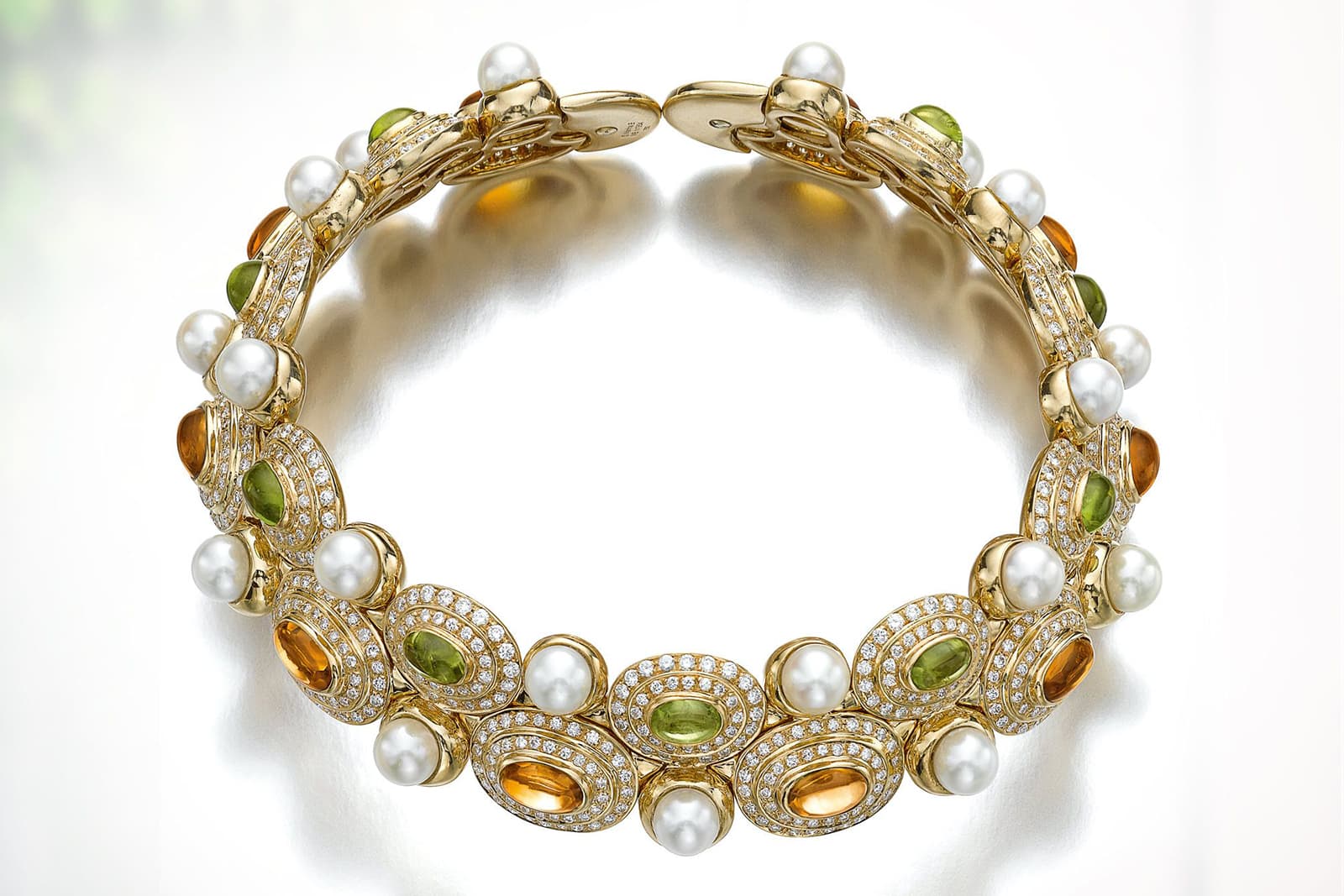
Marina B. choker with peridot, citrine, pearls and diamonds in yellow gold
The first proof of mining peridot can be found In the ancient world – about 300 B.C – on St. John’s Island (often known as it’s Egyptian name: Zagrabad) in the Red Sea. Now, the principal source of peridot is the San Carlos Apache Indian Reservation in Arizona, and apart from being mined in some US locations, it can be found in some other countries globally. The most famous and productive peridot mine is still St. John’s Island, because it yields especially large crystals. Incidentally, the largest cut peridot in the world is 310 carats, and currently displayed at the Smithsonian Institute in Washington, D.C. amongst other record-breaking gems.
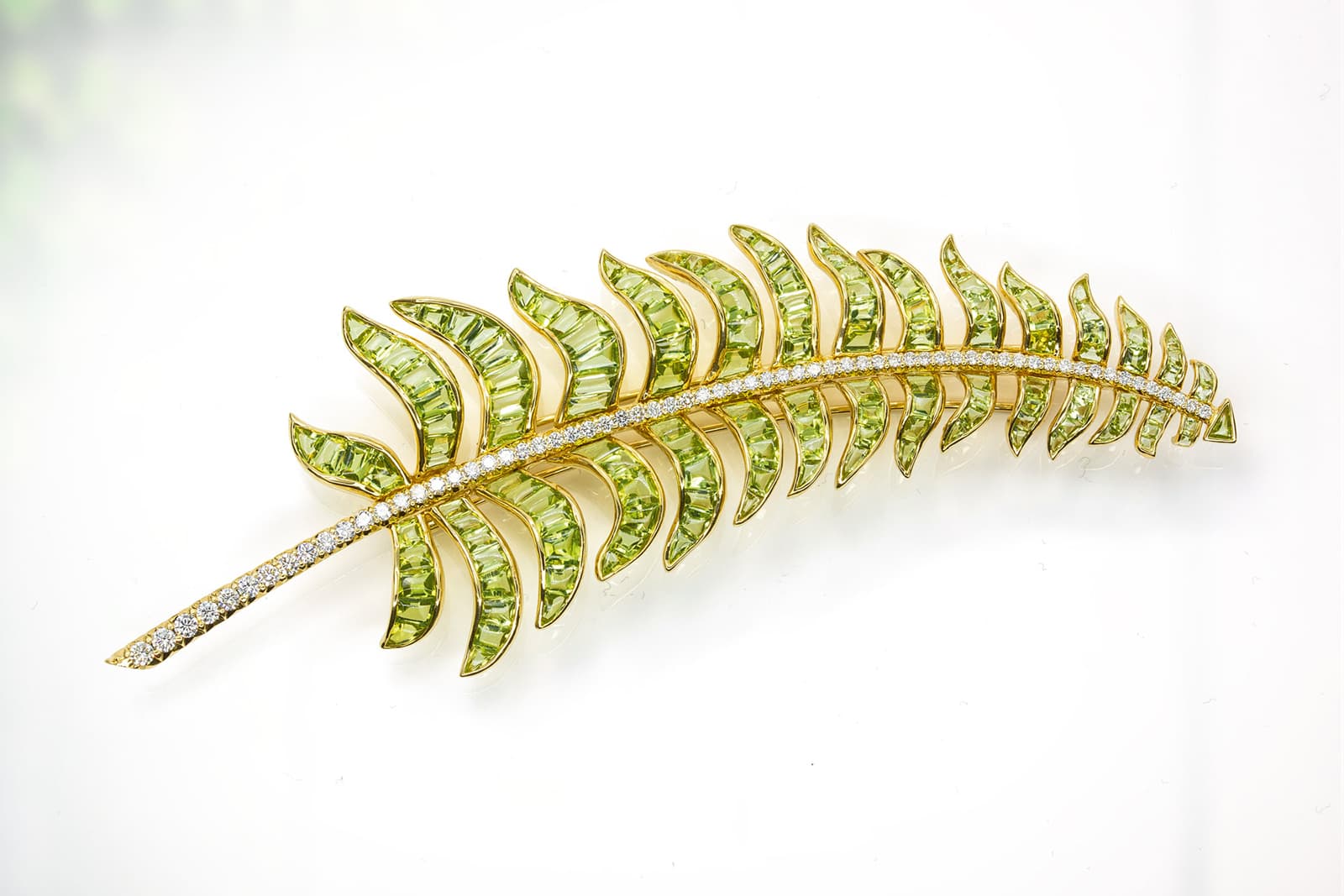
Michelle Dela Valle brooch with peridot and diamonds in yellow gold
The intensity and saturation of the peridot’s olive green colour and tint of the green tone depend on the percentage of iron in the crystal structure; meaning that peridot can vary from yellow to olive, to brownish-green, or a bright neon green. Peridot is sometimes called a ‘poor man’s emerald’ or an ‘evening emerald’ because its yellow hue disappears under artificial light, meaning that in darker settings the stone looks greener. However, don’t be fooled by the monikers it has been given, peridot is not a gem for the poor, it even reaches the status of a collectible gemstone if a faceted mineral exceeds 8 carats in weight and has minimum inclusions.
Step cut is the most common cut among peridots as it helps to reduce the risk of any damage to the stone, while cabochons are cut to improve the appearance of the gemstone’s colour saturation. When dreaming up their collections, jewellers take into consideration that the peridot is not a particularly hard gemstone, reaching between 6.5 and 7 on the Mohs scale. Owing to this relative softness, peridot is considered difficult to polish, and symbiotically easy to scratch when setting it in jewellery.
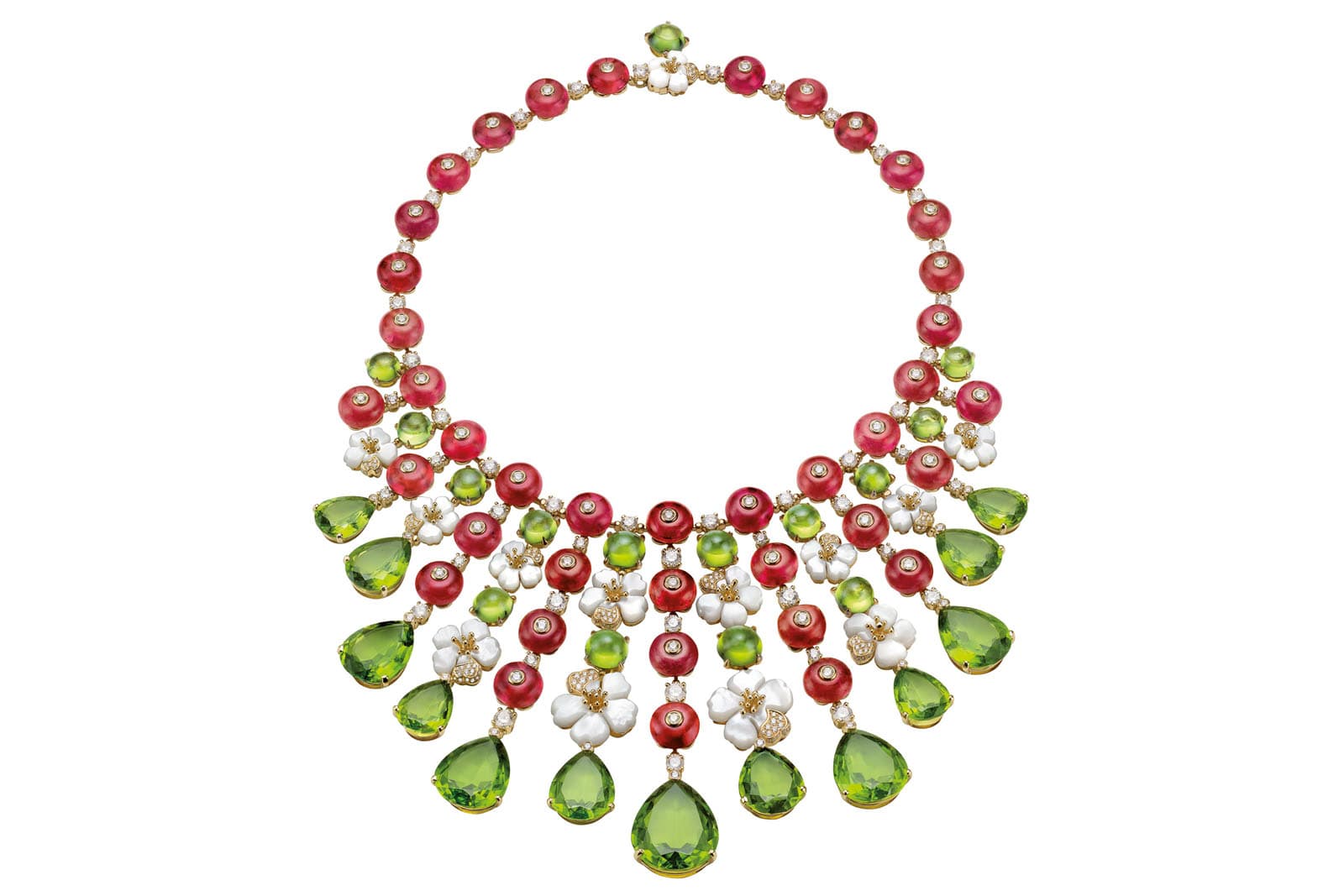
Bvlgari
Bvlgari
'Giardini Italiani' collection necklace with peridot, rubellite, diamonds and mother of pearl in yellow gold
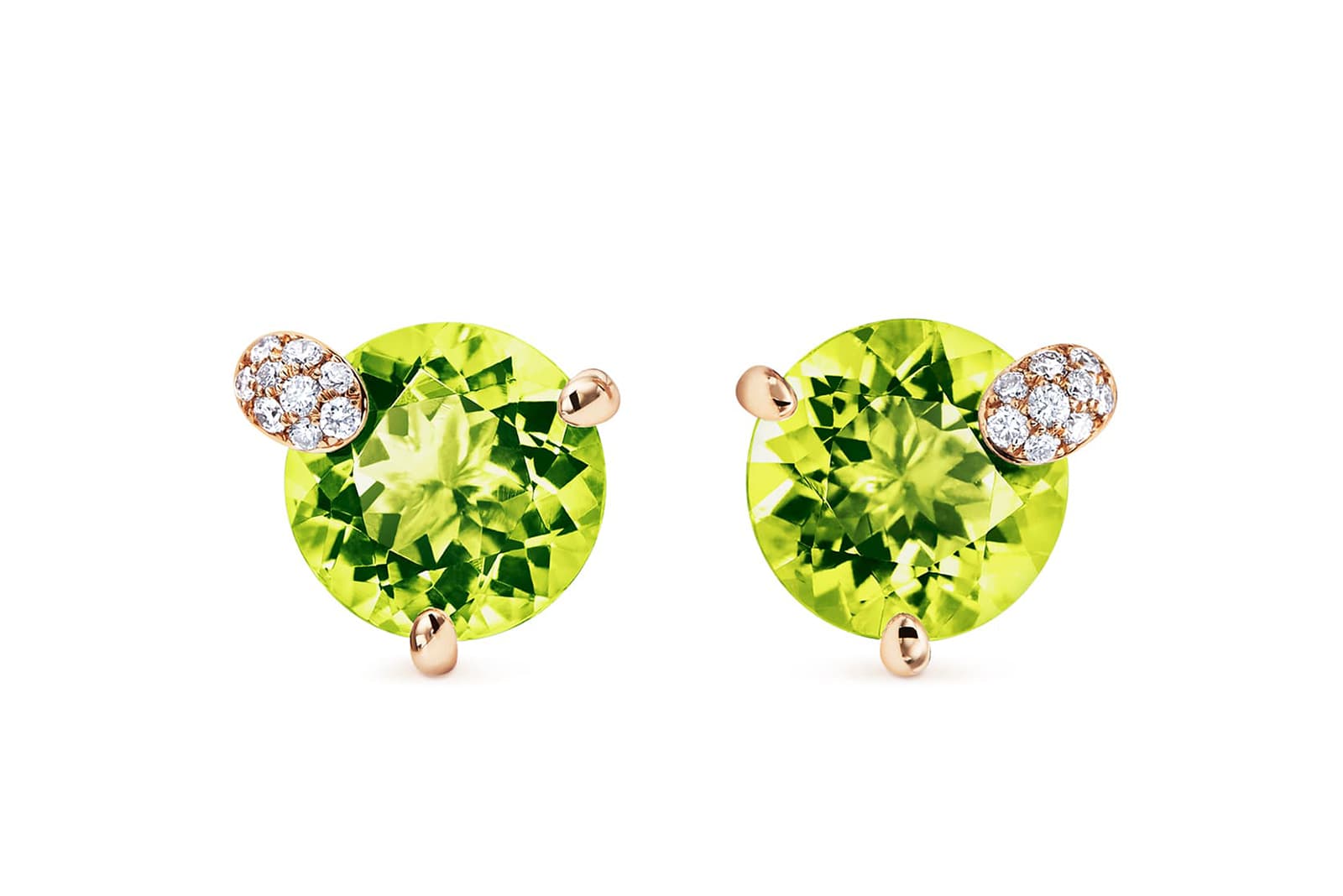
Bucherer Fine Jewellery
Bucherer Fine Jewellery
'Peekaboo' collection stud earrings with peridot and diamonds in rose gold
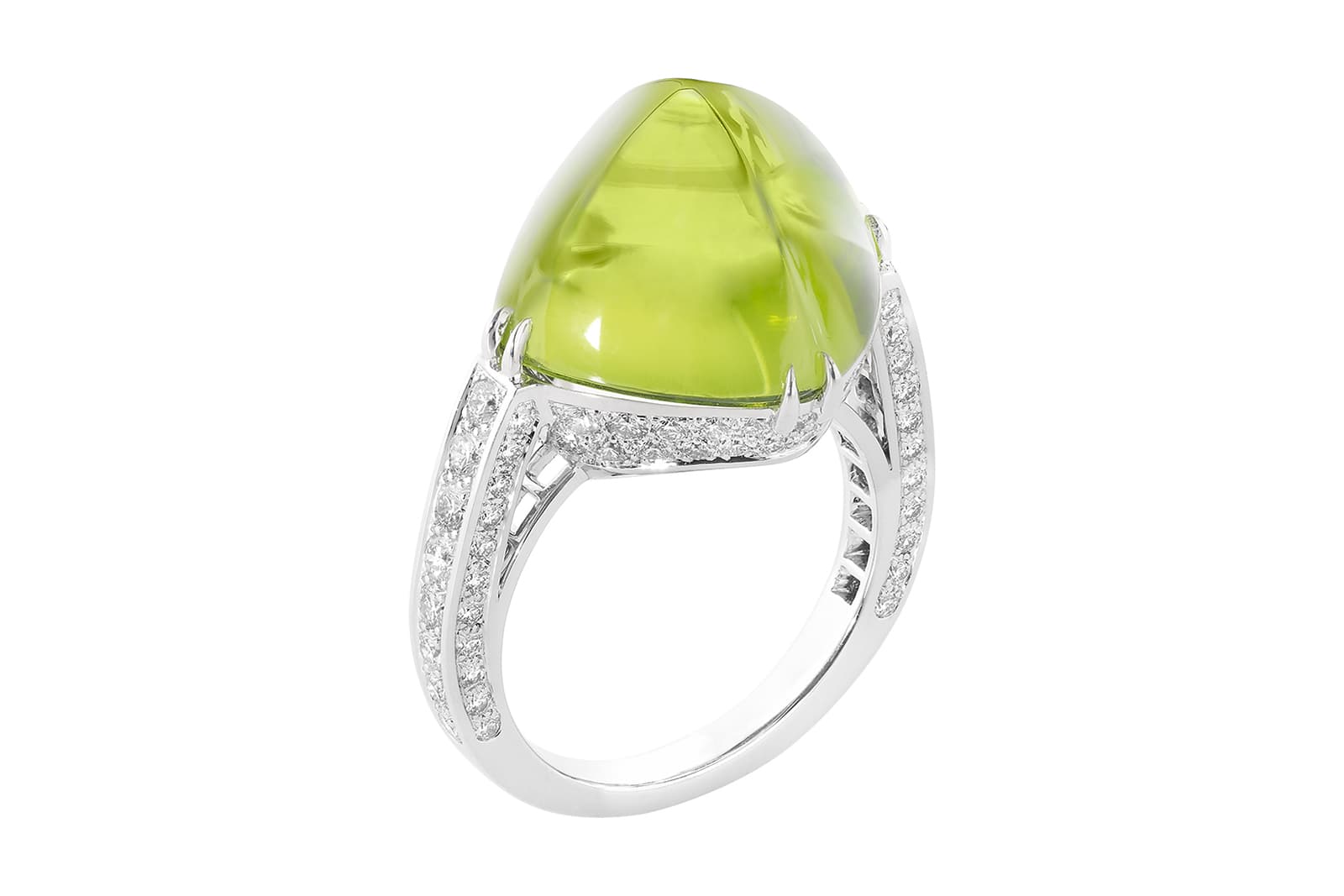
Boucheron
Boucheron
'Joy' ring with peridot and diamonds in white gold
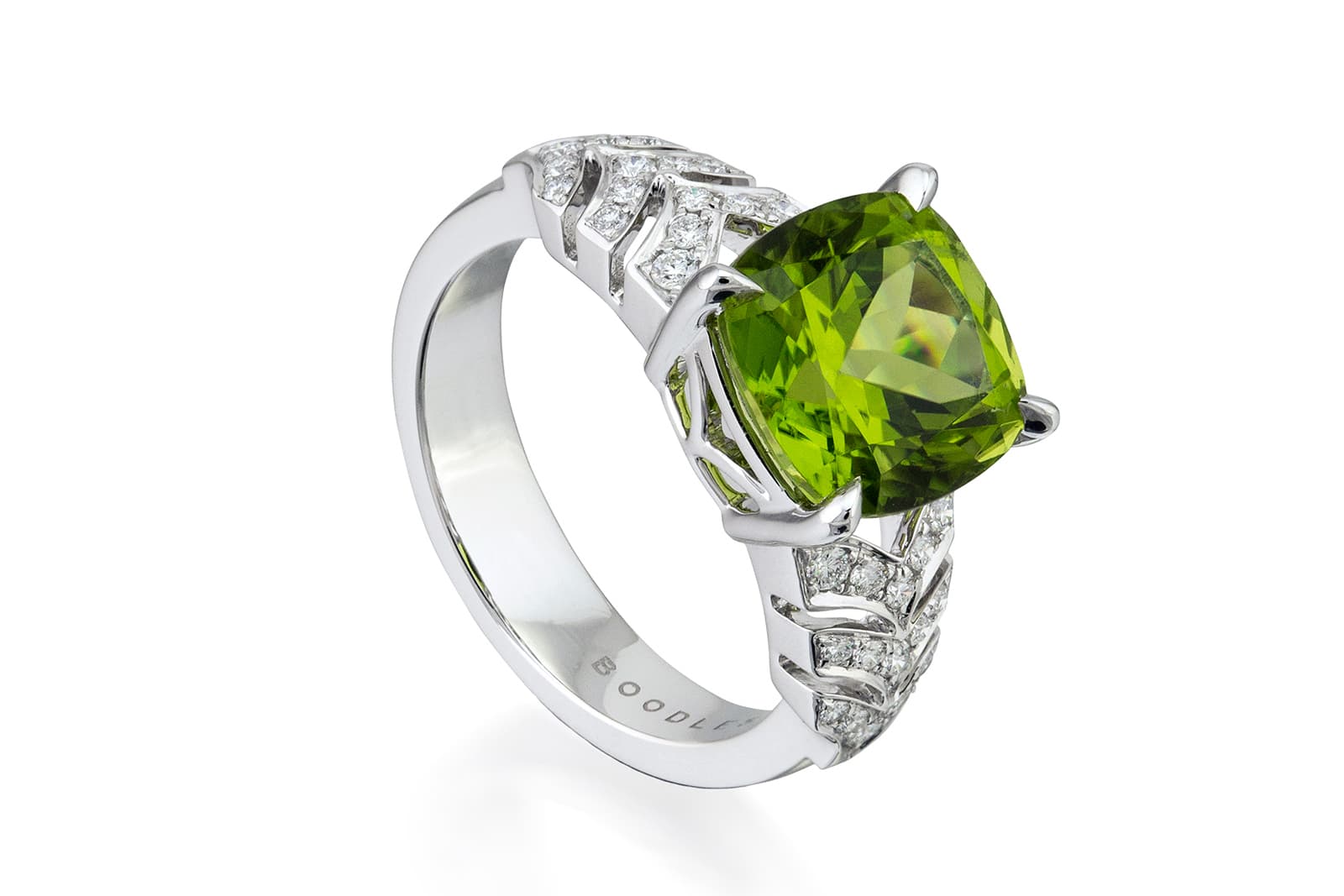
Boodles
Boodles
'Prism' collection ring with peridot and diamonds in white gold
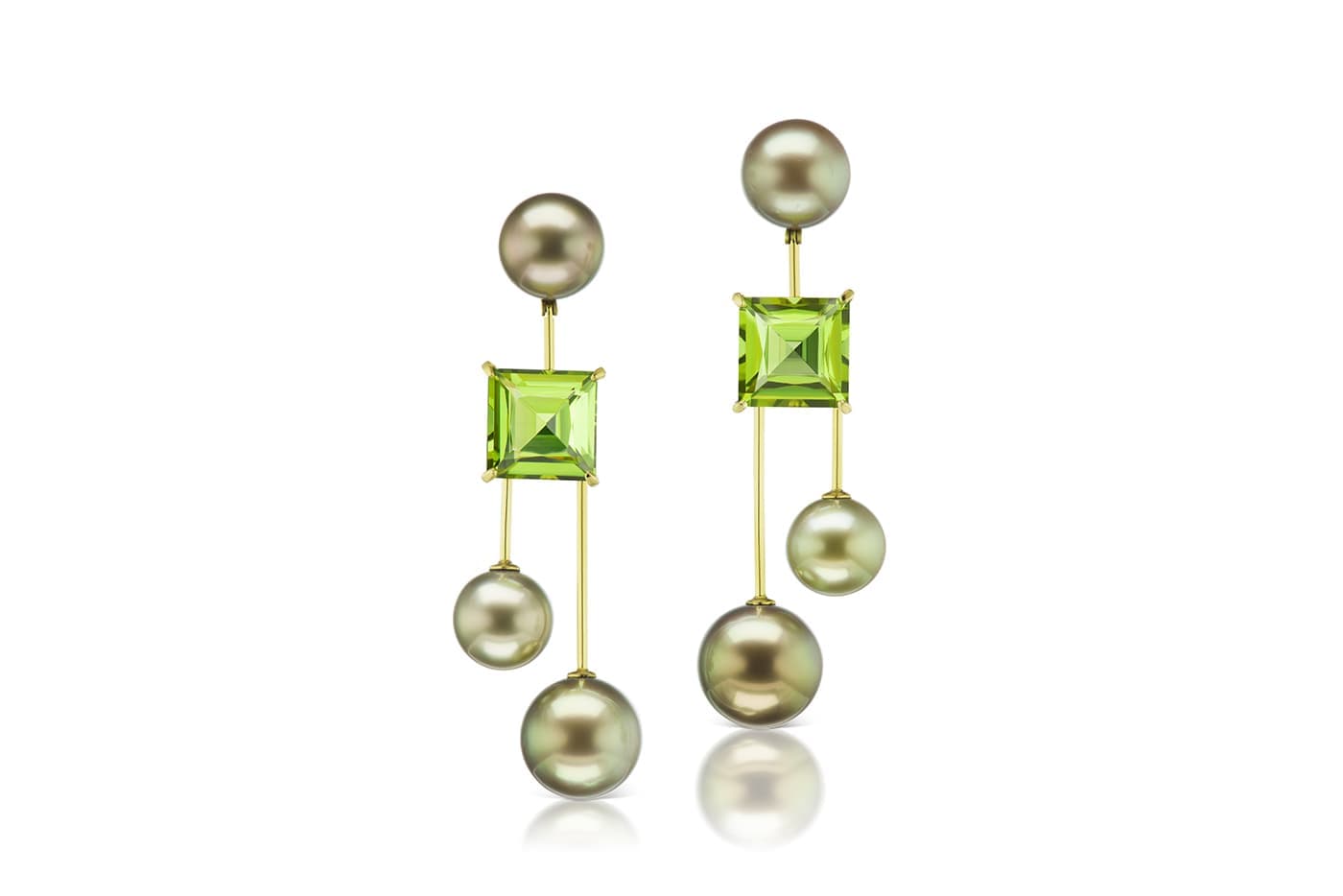
Assael
Assael
Drop earrings with peridot and Tahitian pearls in yellow gold
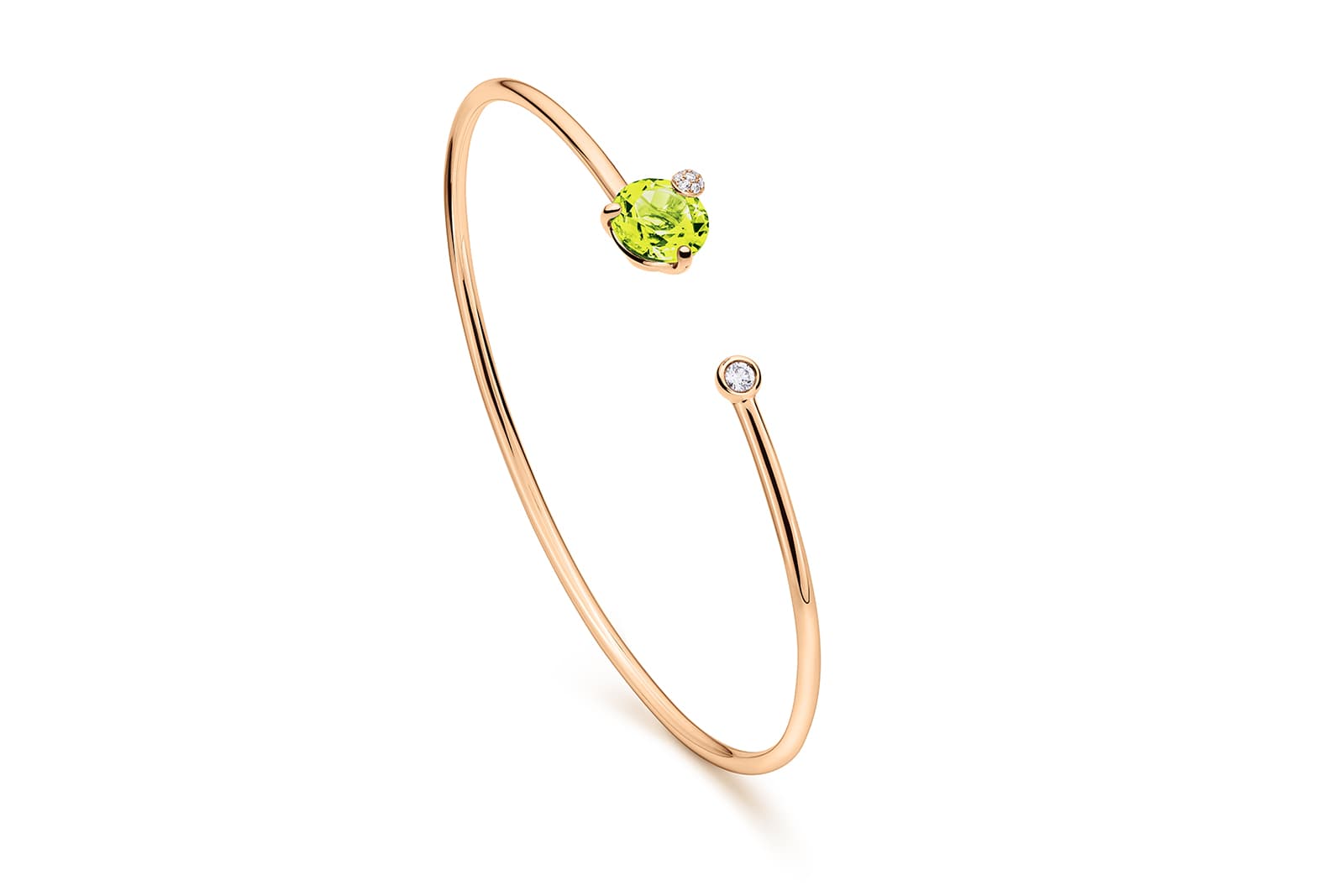
Bucherer Fine Jewellery
Bucherer Fine Jewellery
'Peekaboo' collection bangle with peridot and diamond in rose gold
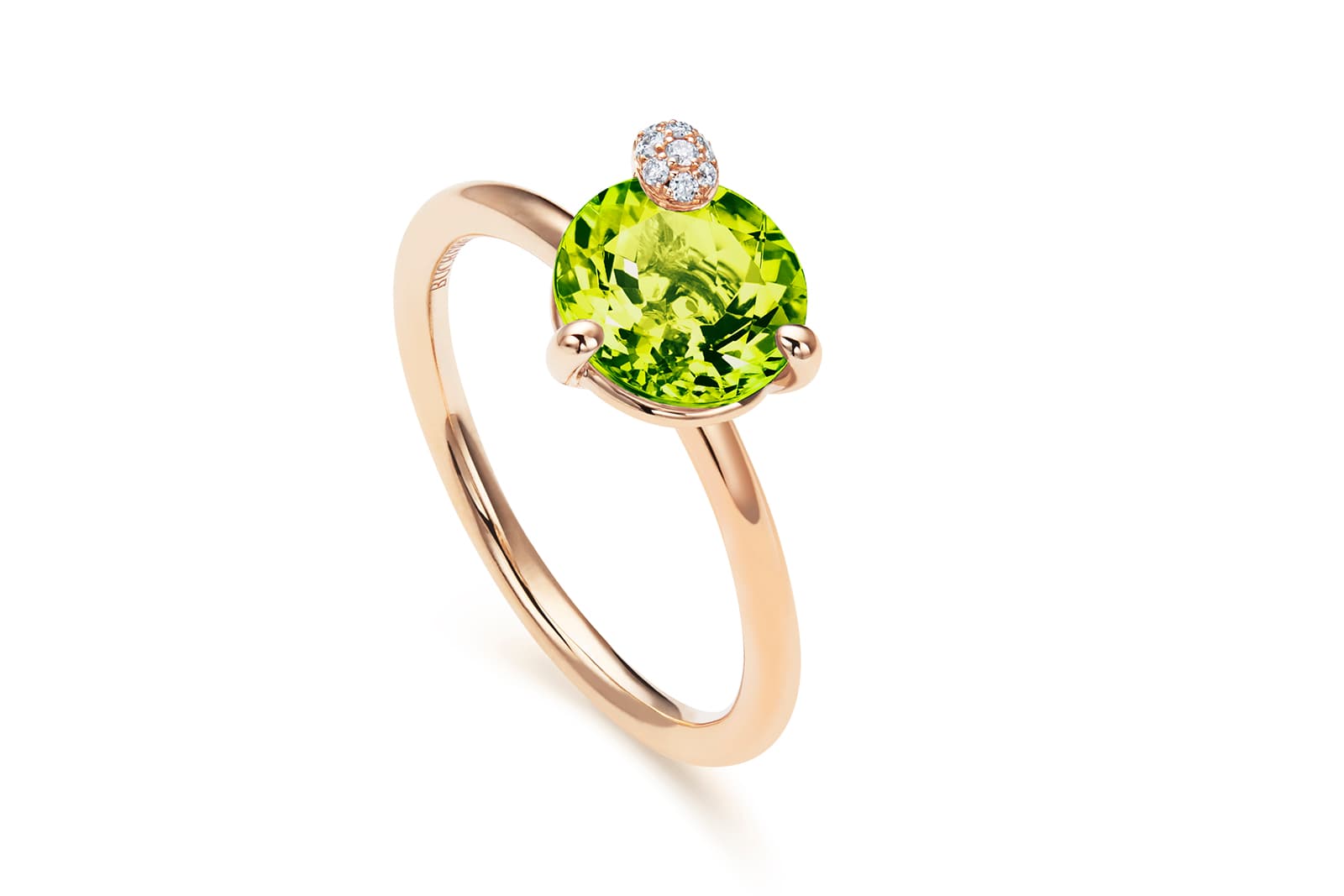
Bucherer Fine Jewellery
Bucherer Fine Jewellery
'Peekaboo' collection ring with peridot and diamonds in rose gold
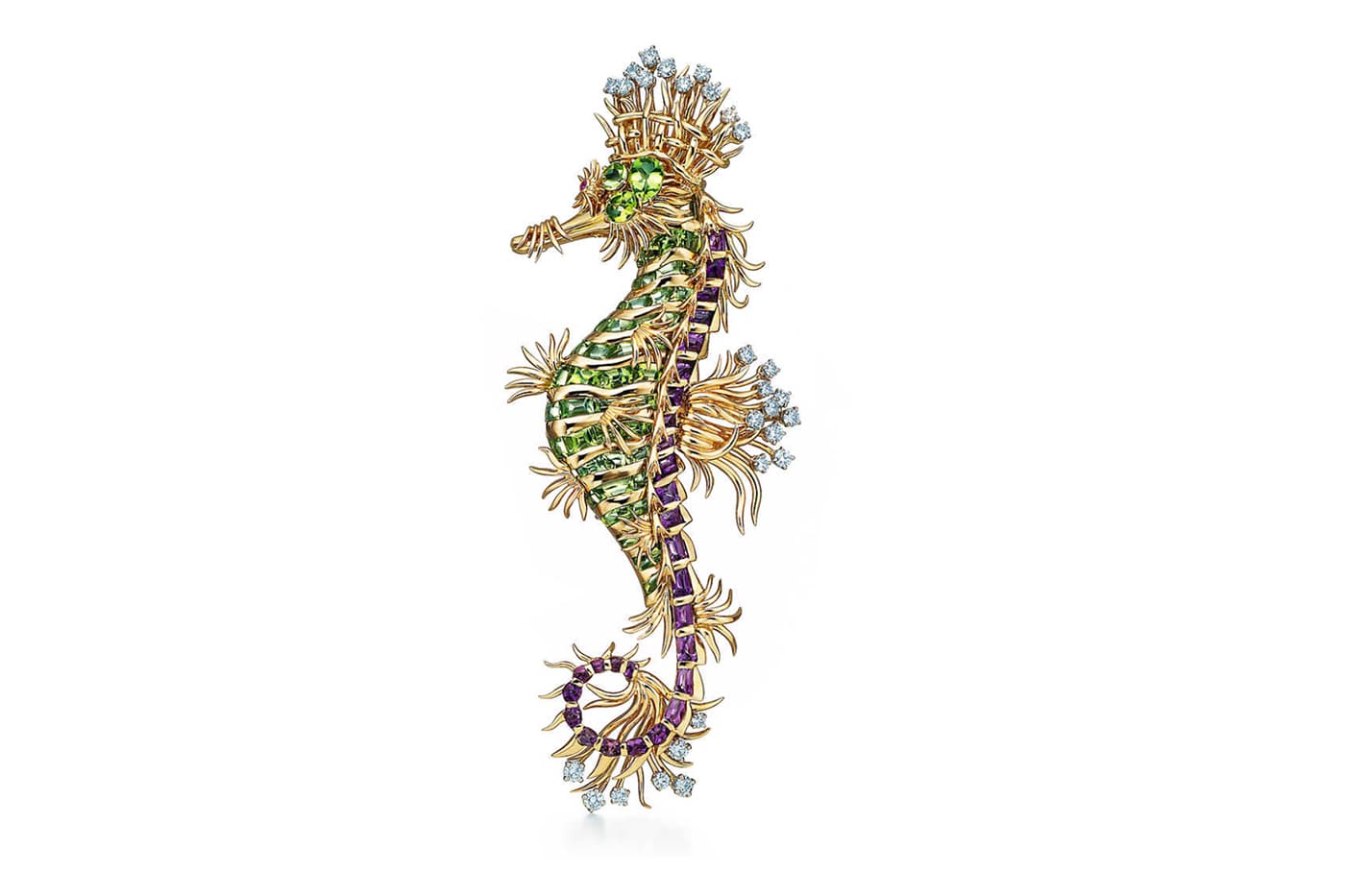
Tiffany&Co.
Tiffany&Co.
'Seahorse' brooch with peridot, amethysts and diamonds in yellow gold
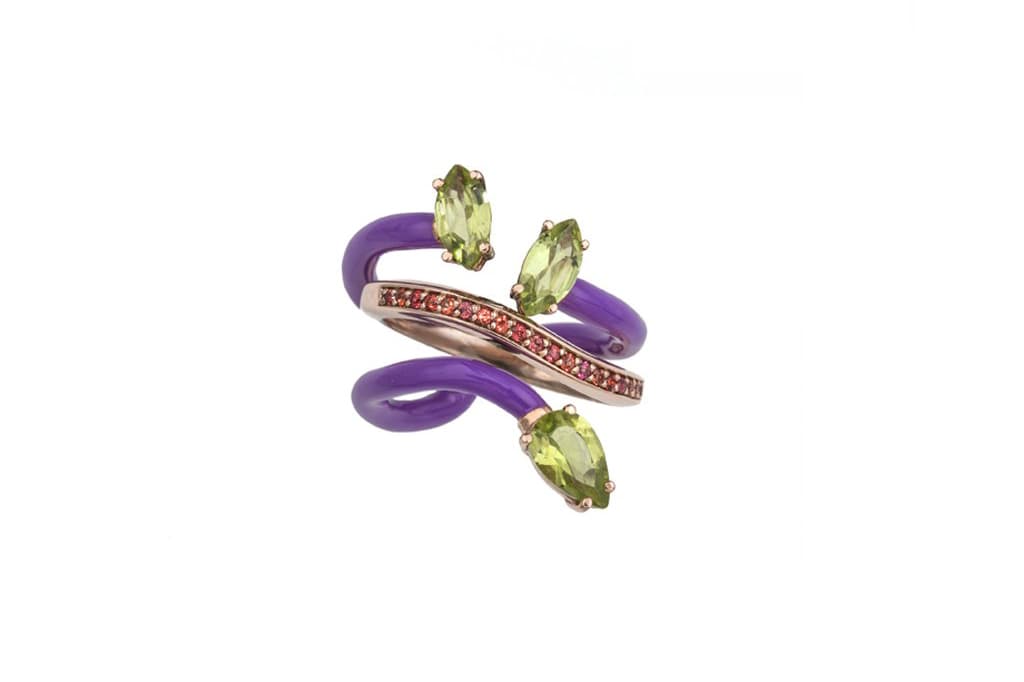
Bea Bongiasca
Bea Bongiasca
Ring with peridot, spessartine garnet and enamel in yellow gold
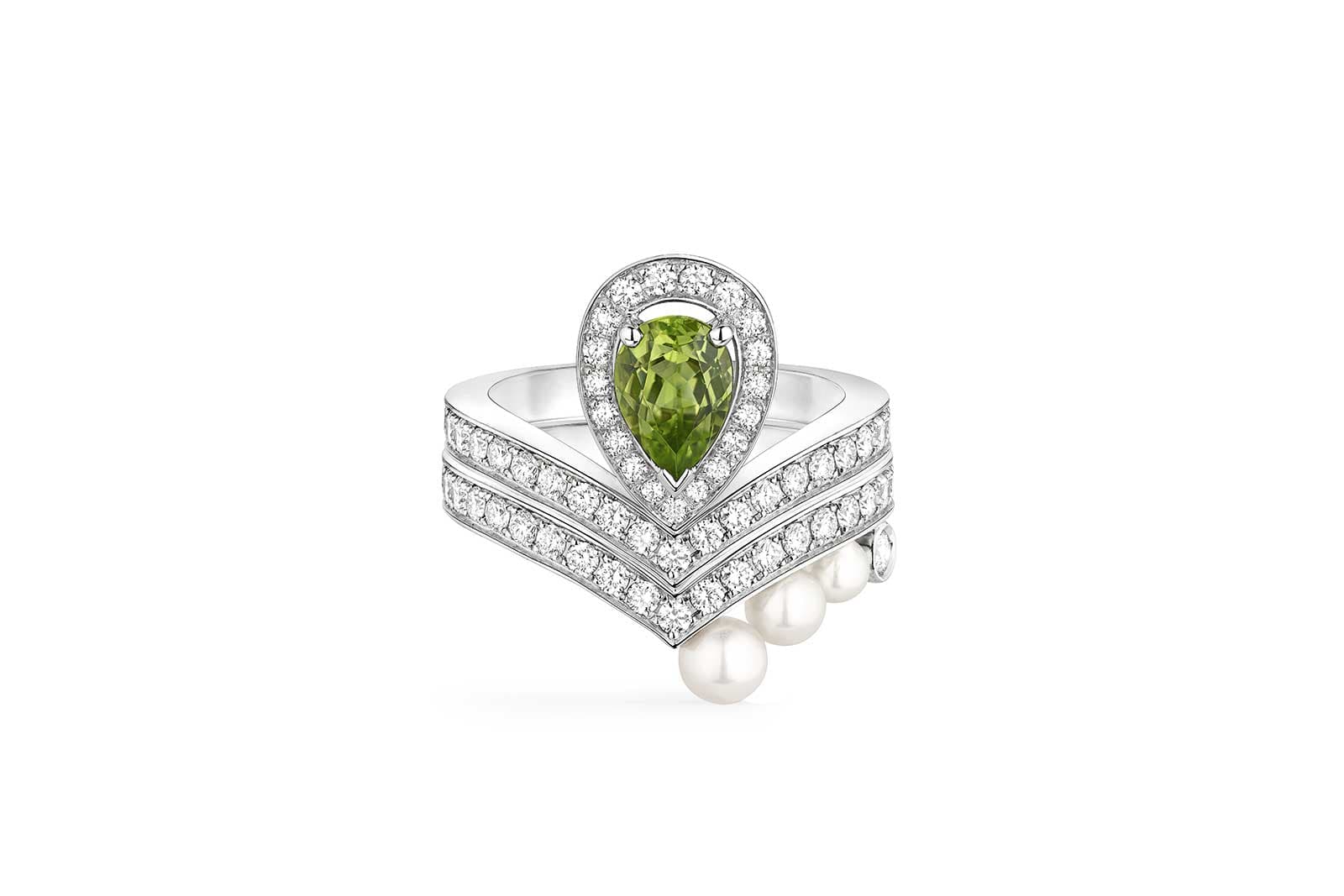
Chaumet
Chaumet
'Joséphine Aigrette’ ring with peridot, diamonds and pearls in white gold
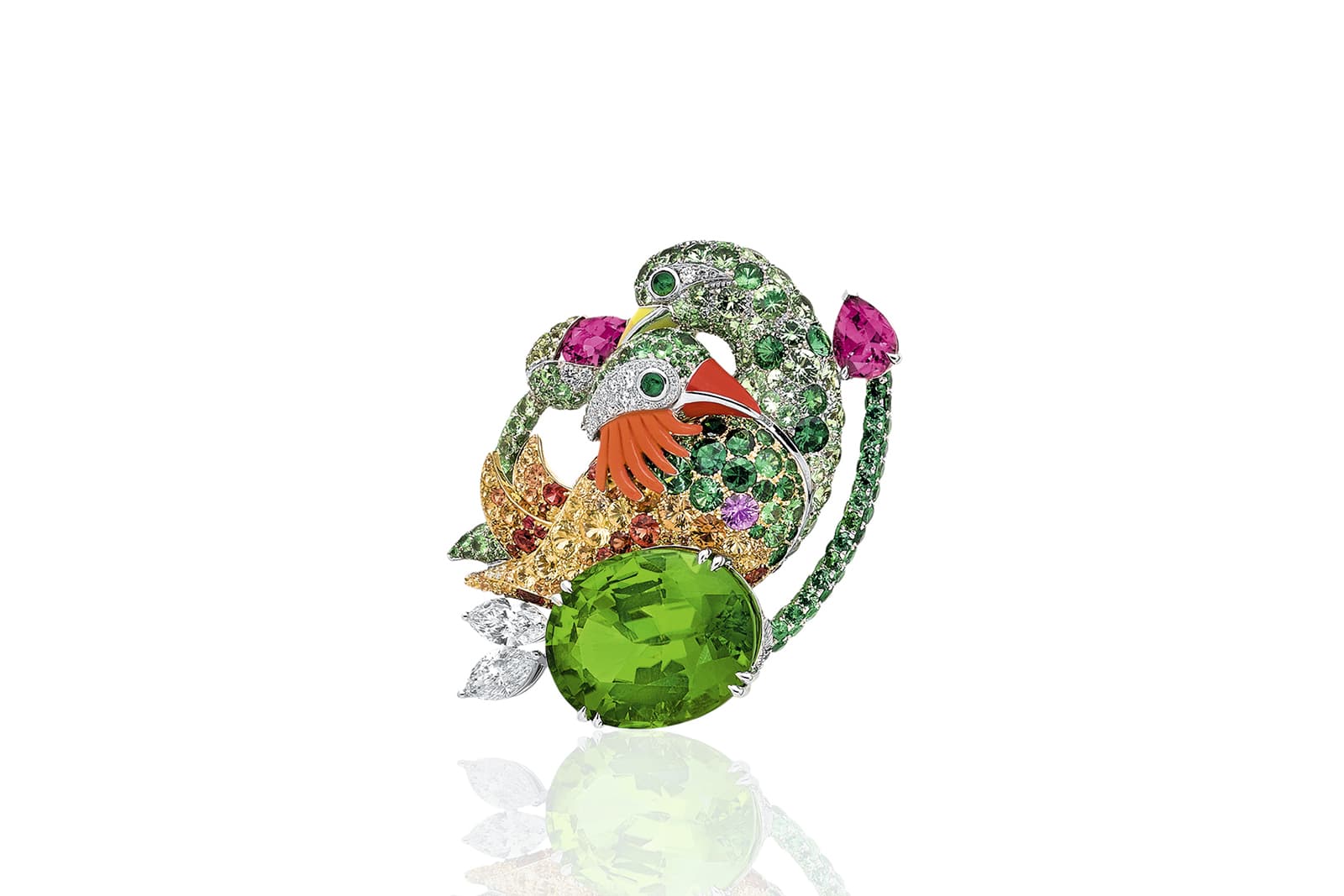
Anna Hu
Anna Hu
‘Mandarin Oriental Ducks’ brooch with peridot, carved pink coral, rubies, yellow, orange and violet sapphires in yellow gold
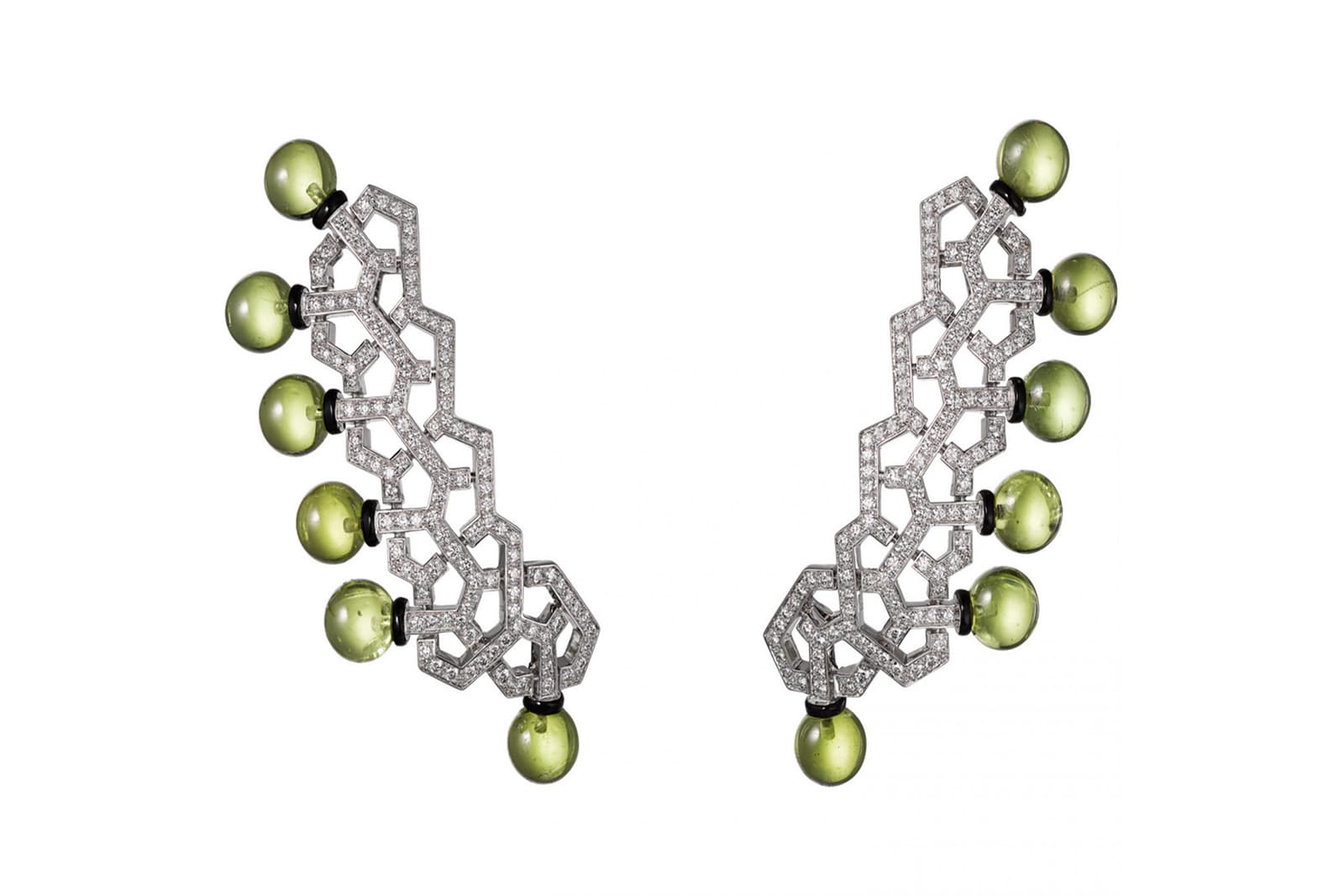
Cartier
Cartier
Earrings with peridot, diamonds and lacquer in white gold
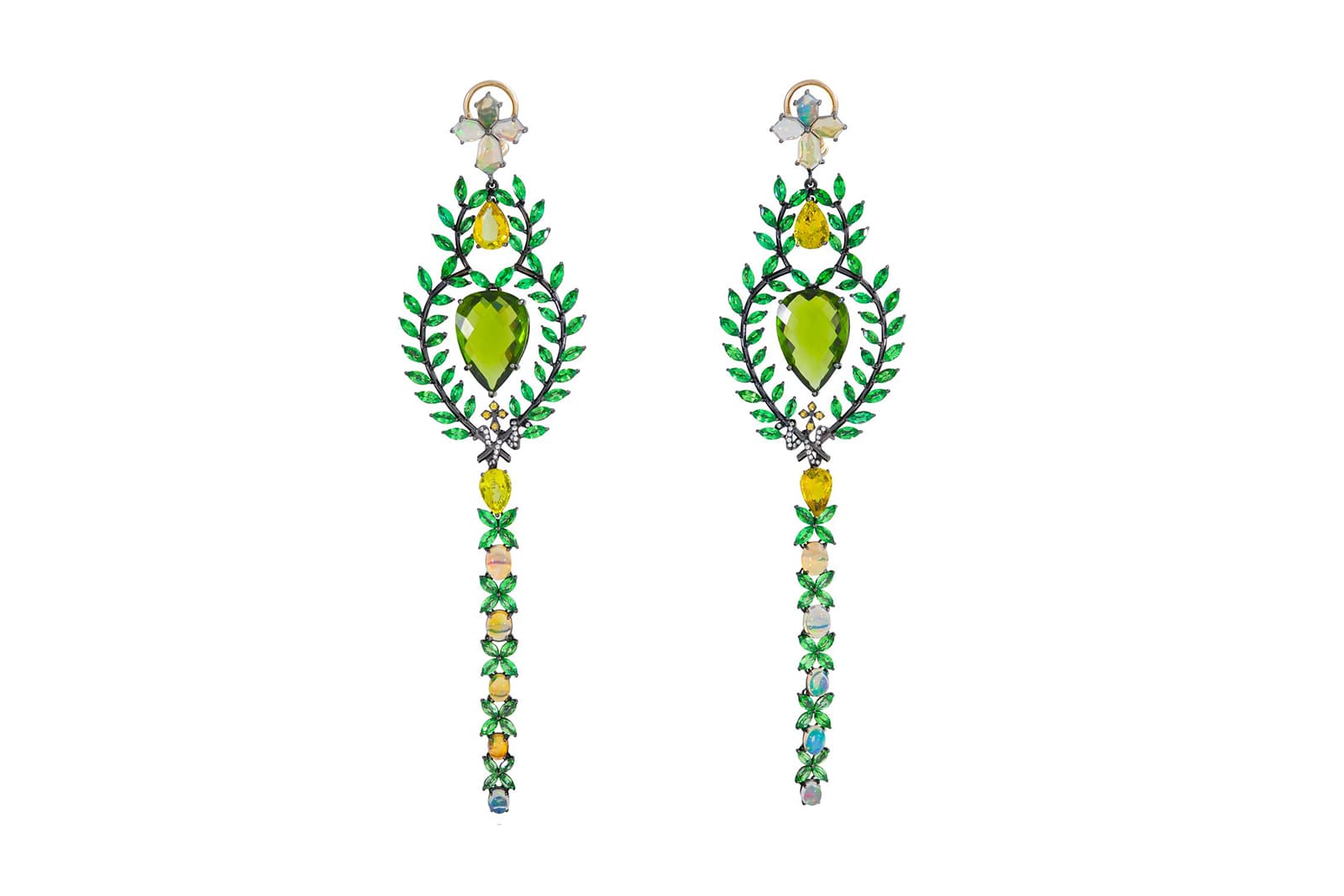
Lydia Courteille
Lydia Courteille
'Queen of Sheba' earrings with peridot, diamonds, yellow sapphires, tsavorites, opals and tourmaline in black rhodium plated gold
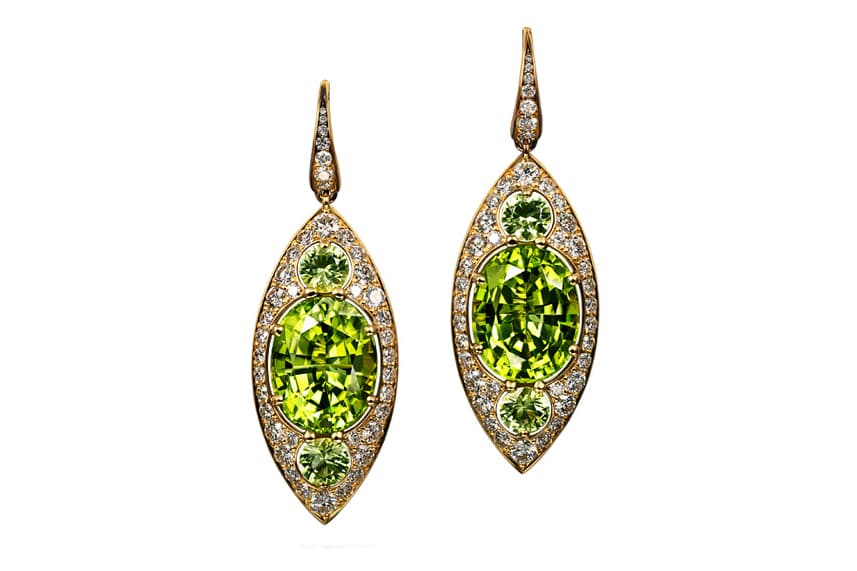
Jewellery Theatre
Jewellery Theatre
Earrings with peridot and diamonds in yellow gold
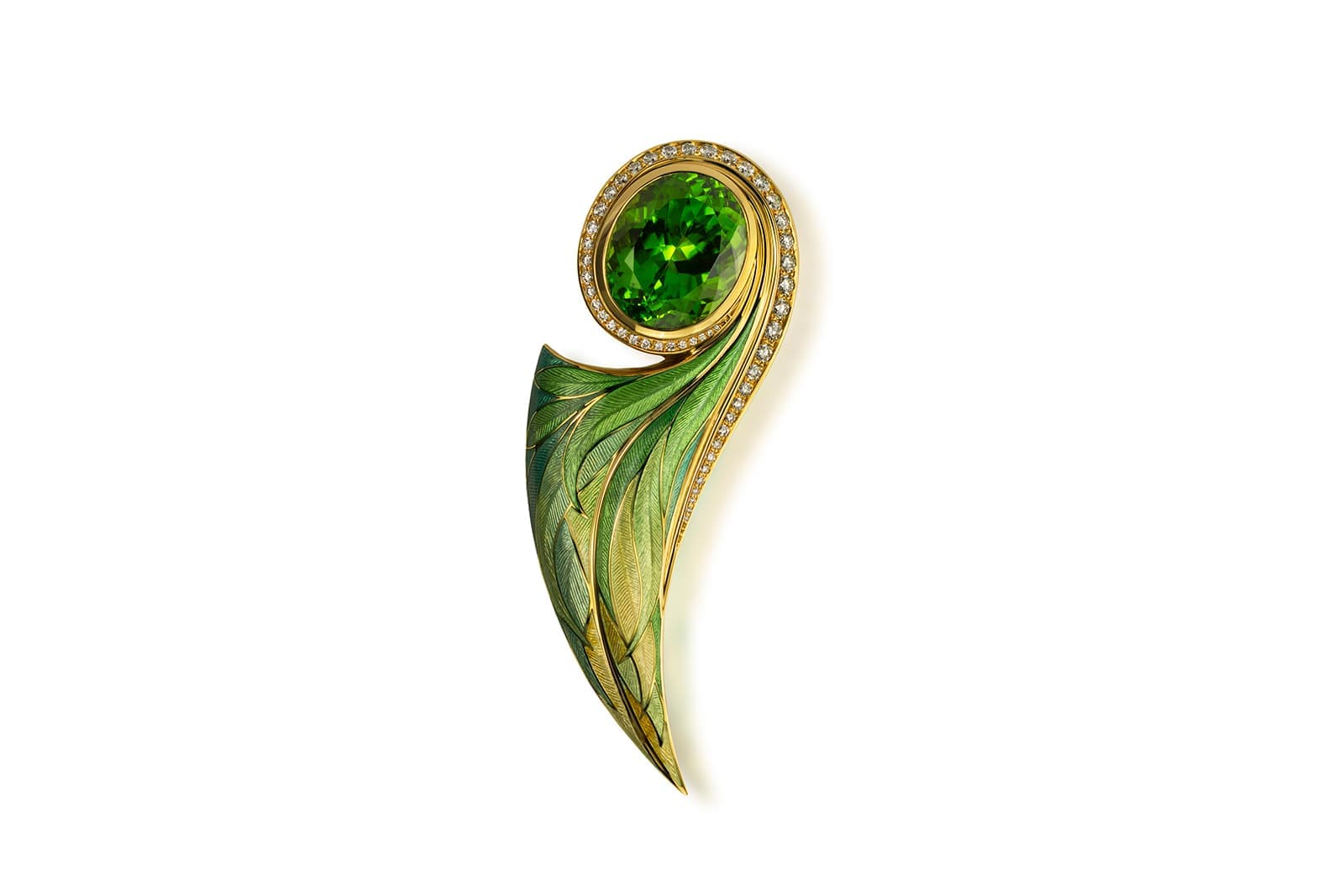
Henn of London
Henn of London
Brooch with peridot, diamonds and enamel in yellow gold
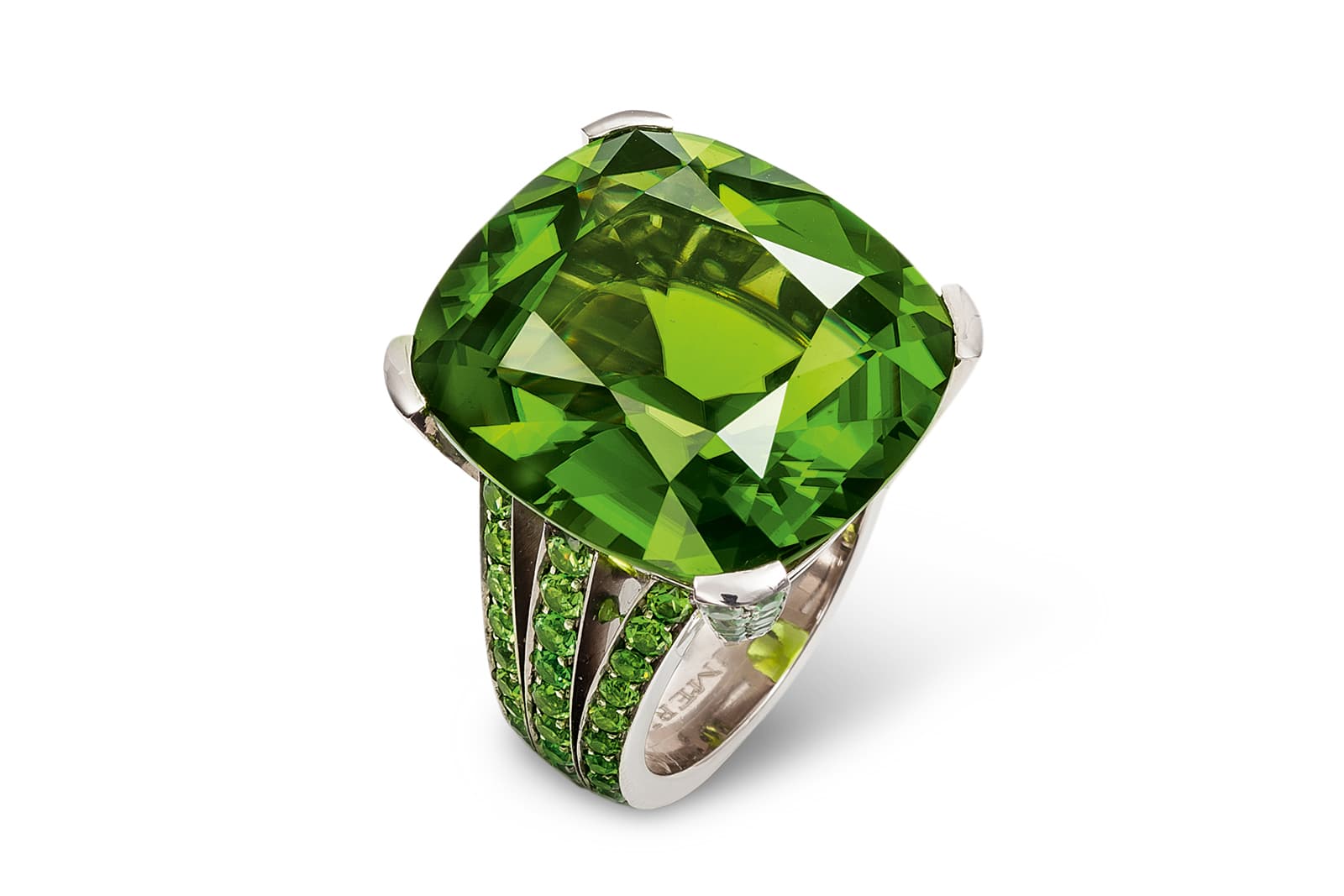
Hemmerle
Hemmerle
Ring with peridot and demantoid garnets in white gold
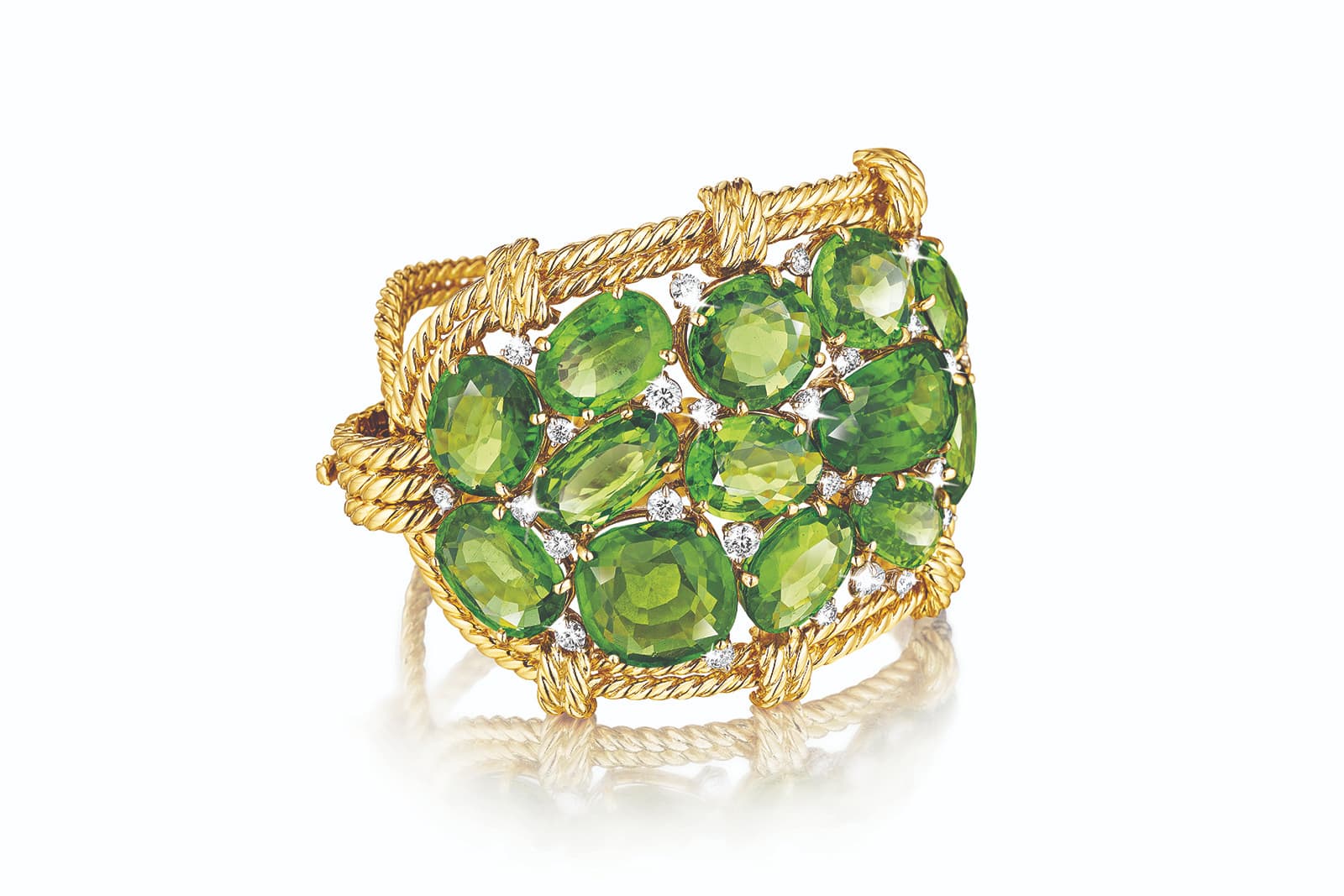
Veradura
Veradura
'Cluster' bracelet with peridot and diamonds in yellow gold

Margot McKinney
Margot McKinney
Necklace with peridot, black opal, tourmalines, sapphires, diamonds and tsavorites in yellow gold
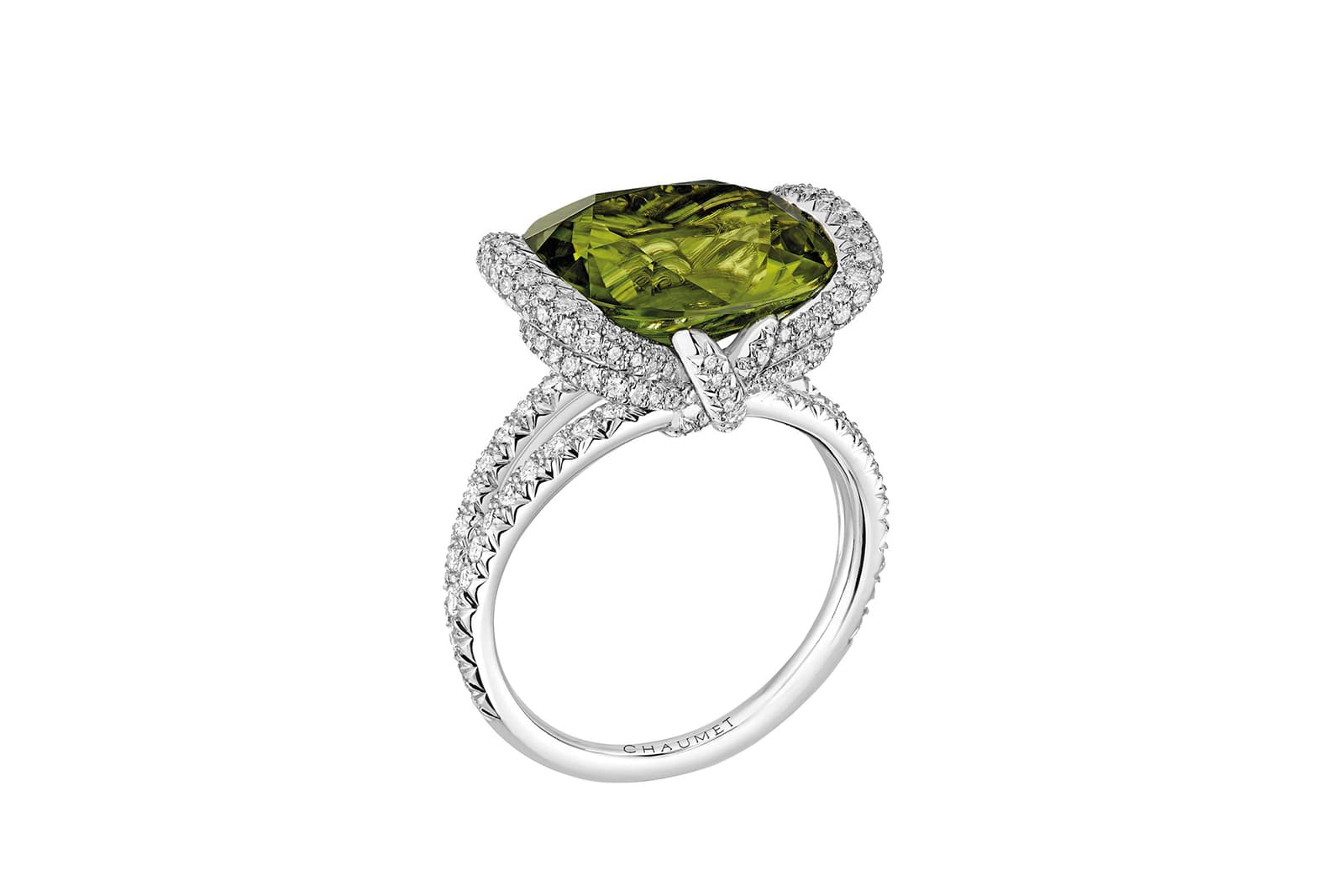
Chaumet
Chaumet
'Liens d'Amour' ring with peridot and diamonds in white gold
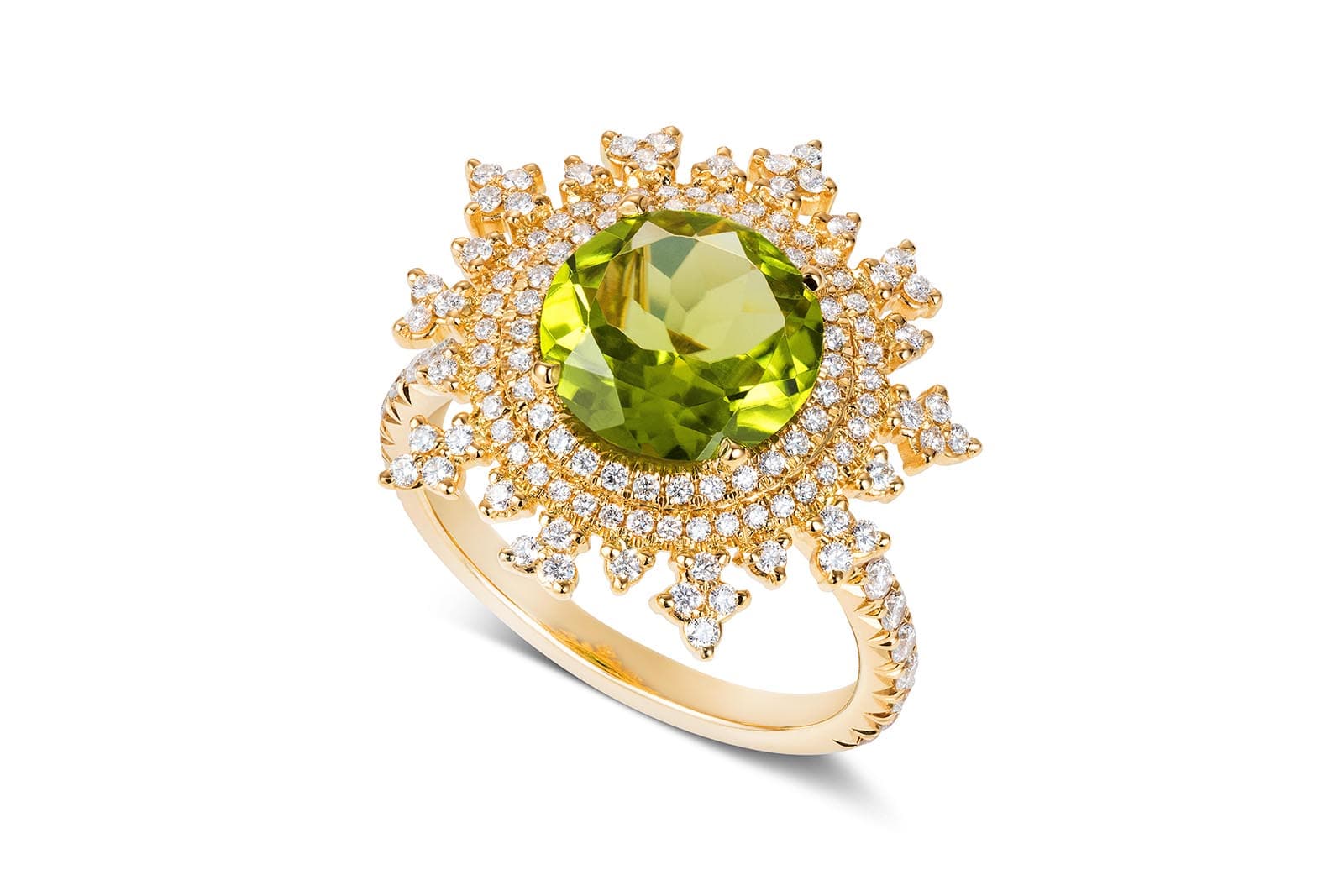
Nadine Aysoy
Nadine Aysoy
'Tsarina' ring with peridot and diamonds in yellow gold
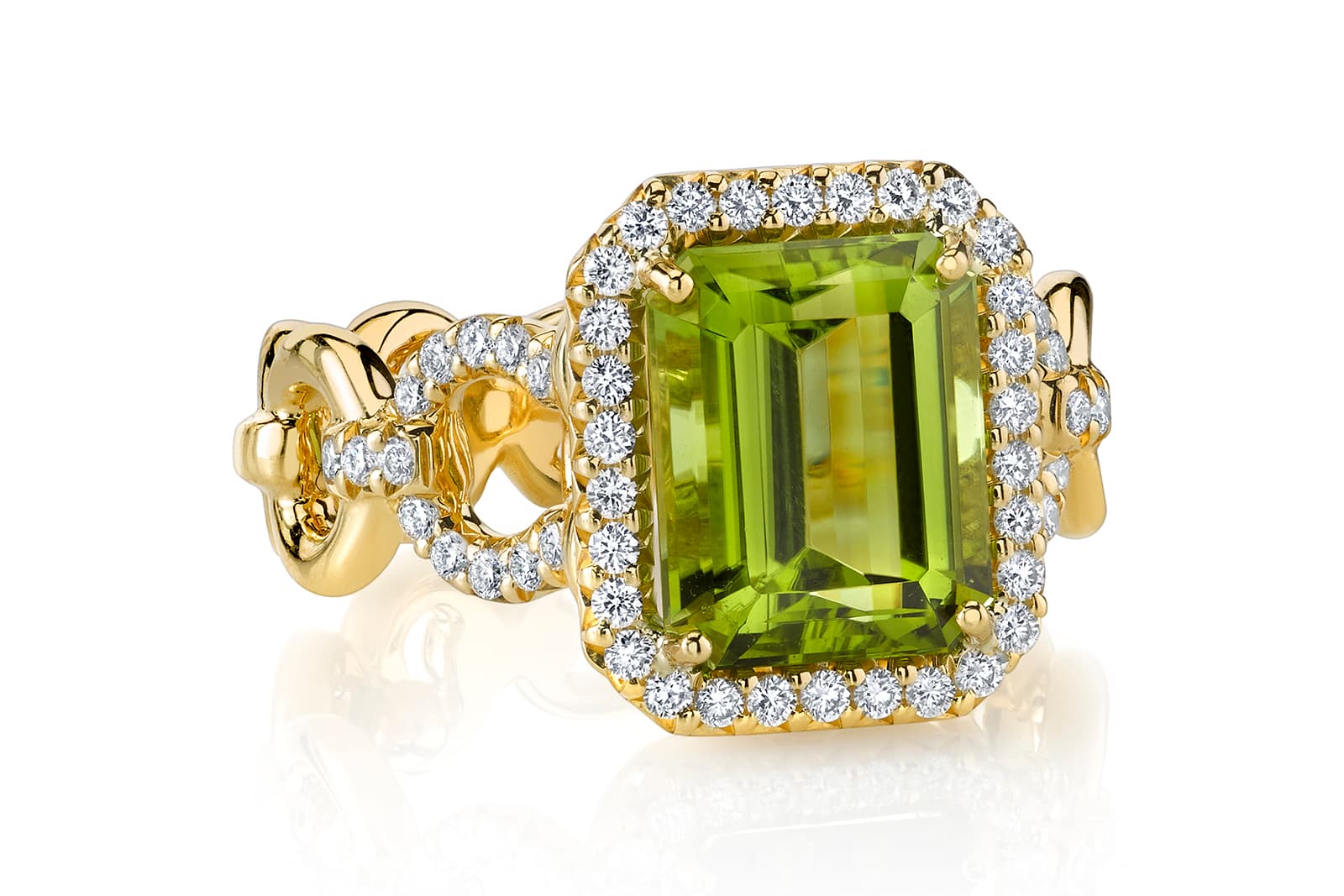
Erica Courtney
Erica Courtney
Ring with peridot and diamonds in yellow gold
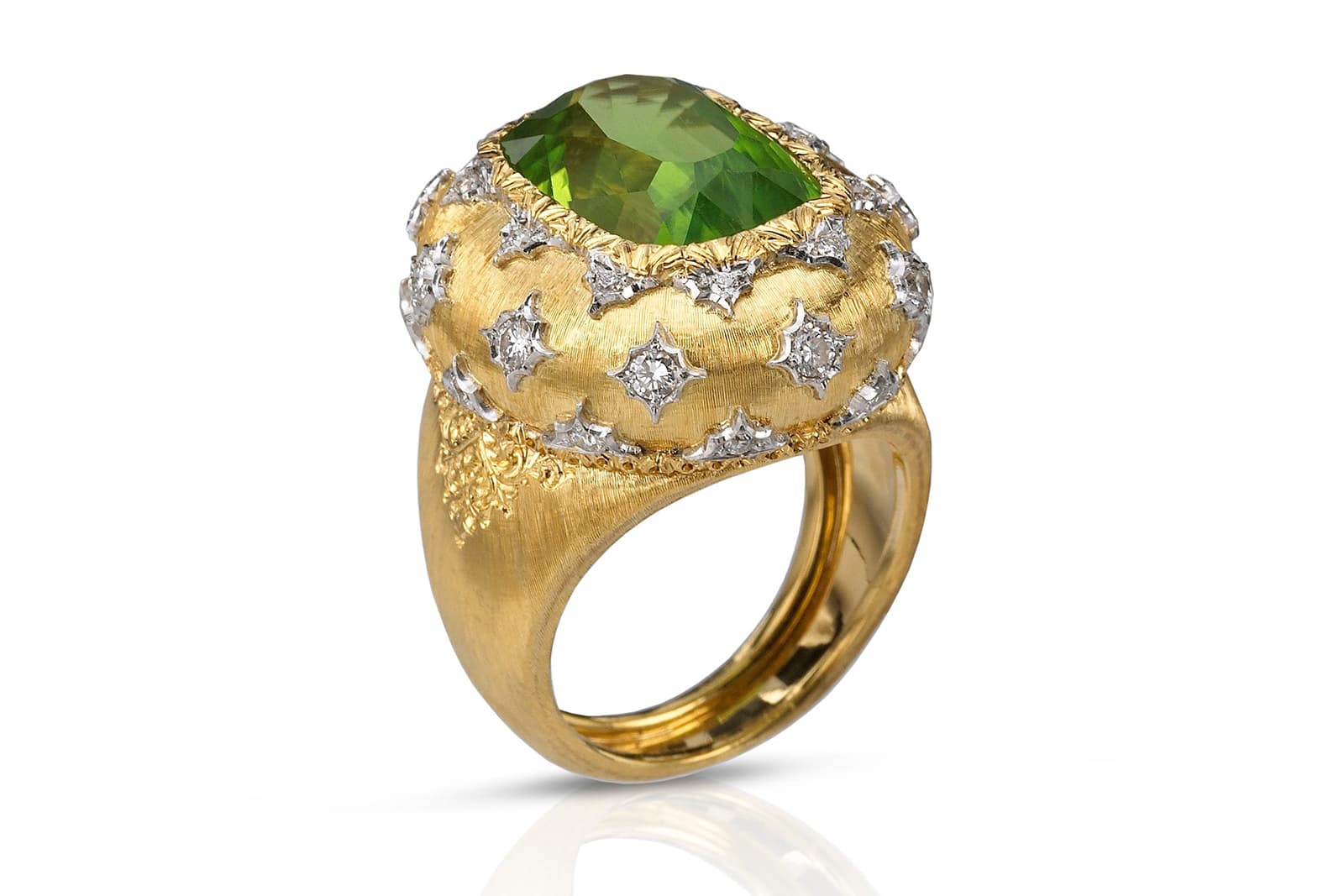
Buccellati
Buccellati
Ring with peridot and diamonds in yellow and white gold
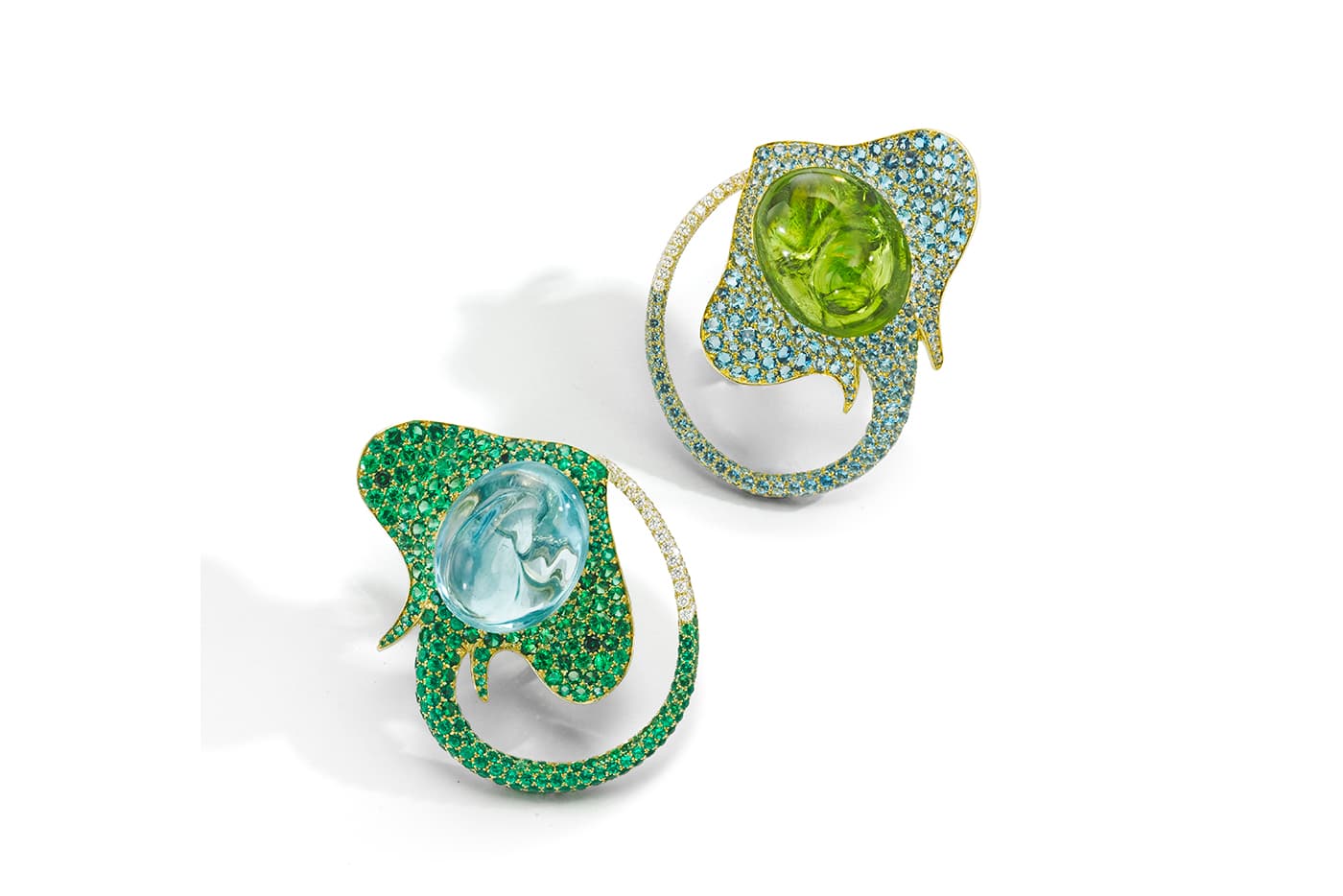
Nicholas Varney
Nicholas Varney
'Stringray' earclips with peridot, aquamarine, tsavorites and diamonds in yellow gold
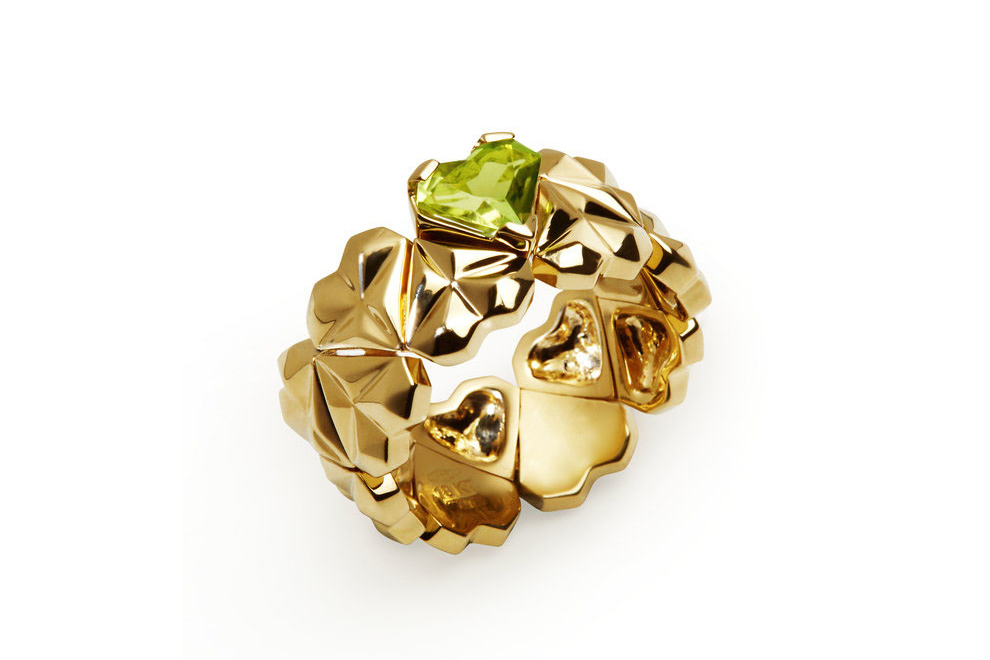
VMAR
VMAR
'Q'Ore' collection ring with peridot in yellow gold
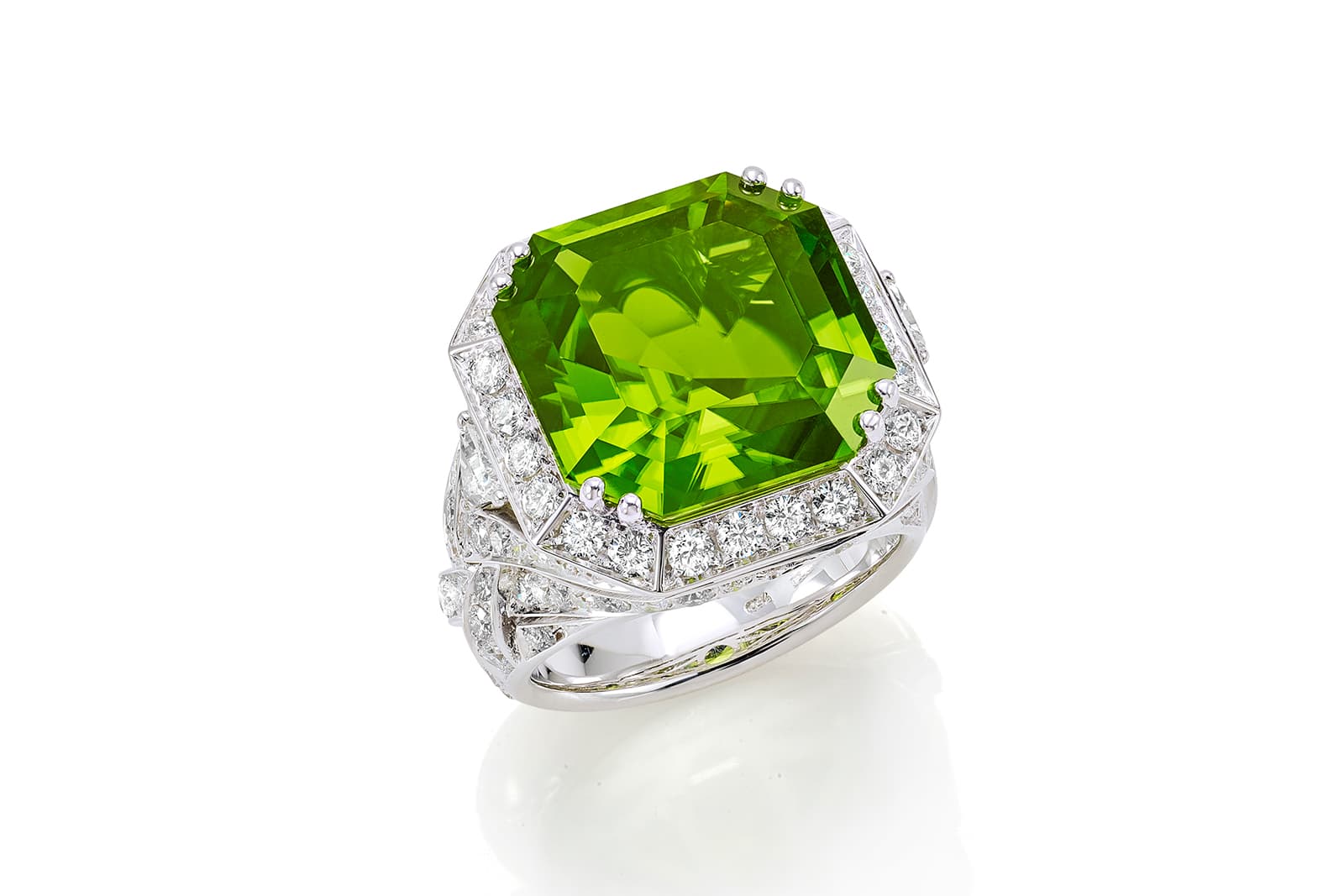
Picchiotti
Picchiotti
'Essentially Colour' ring with peridot and diamonds in white gold
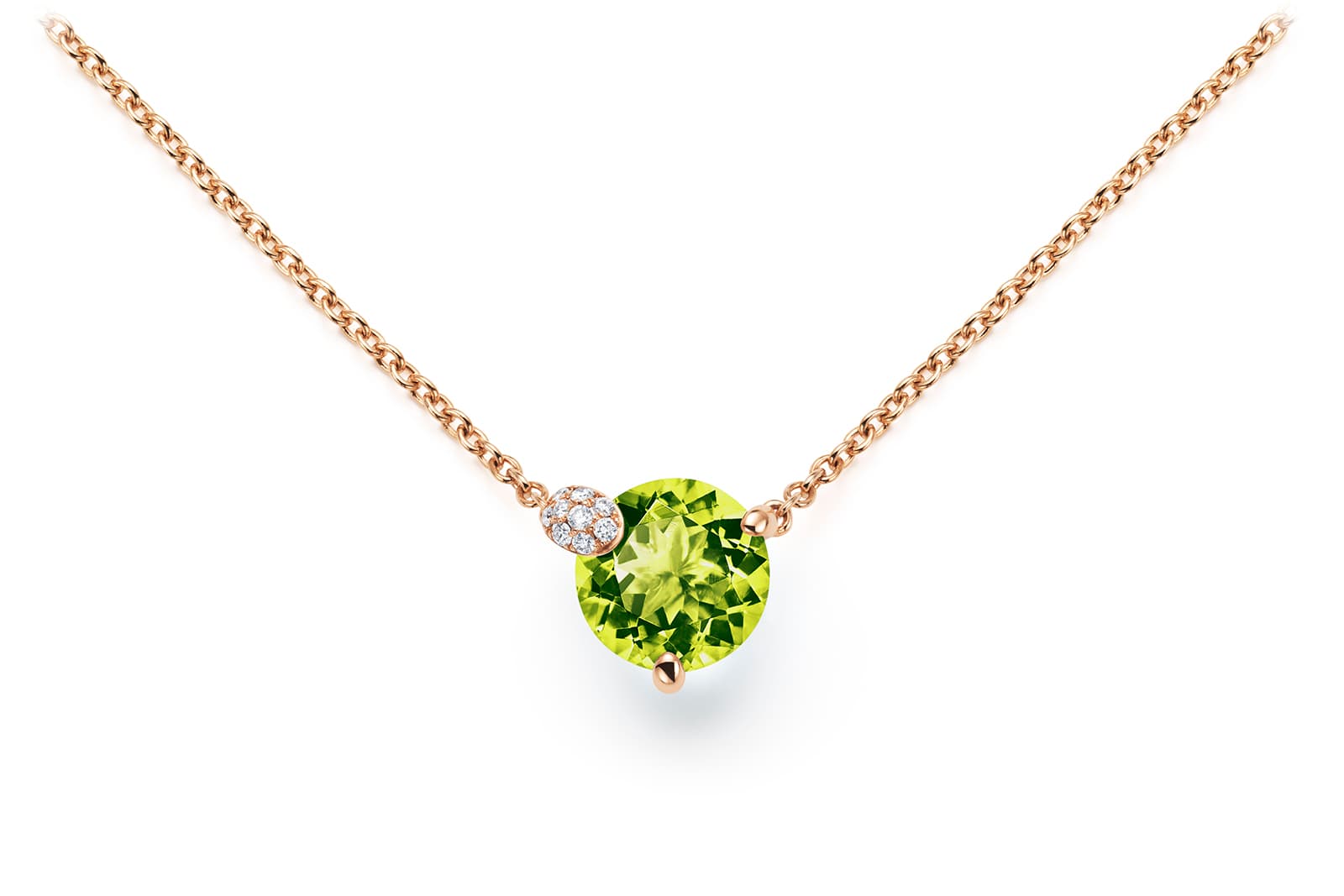
Bucherer Fine Jewellery
Bucherer Fine Jewellery
'Peekaboo' collection pendant with peridot and diamonds in rose gold
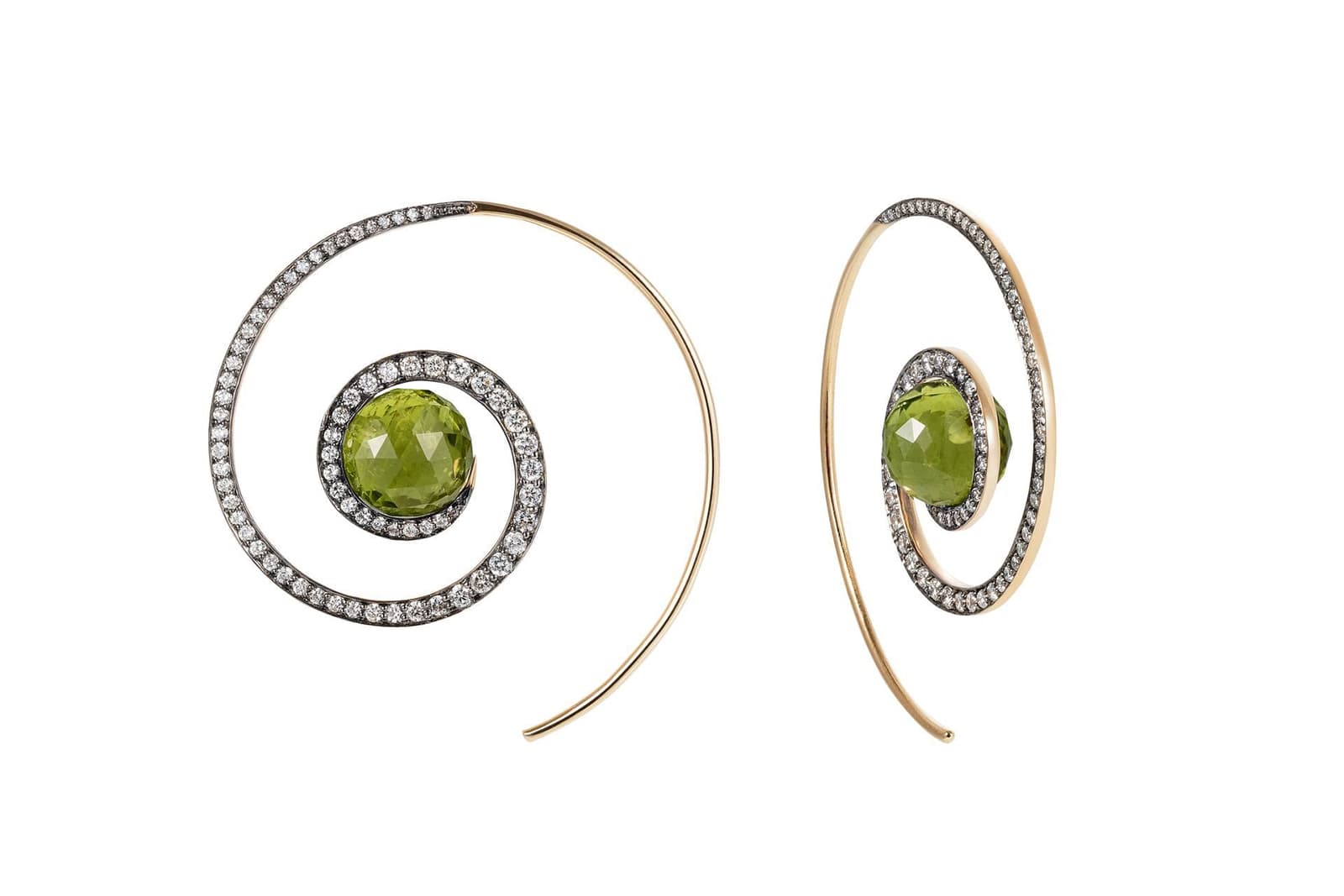
Noor Fares
Noor Fares
Earrings with peridot and diamonds in yellow gold
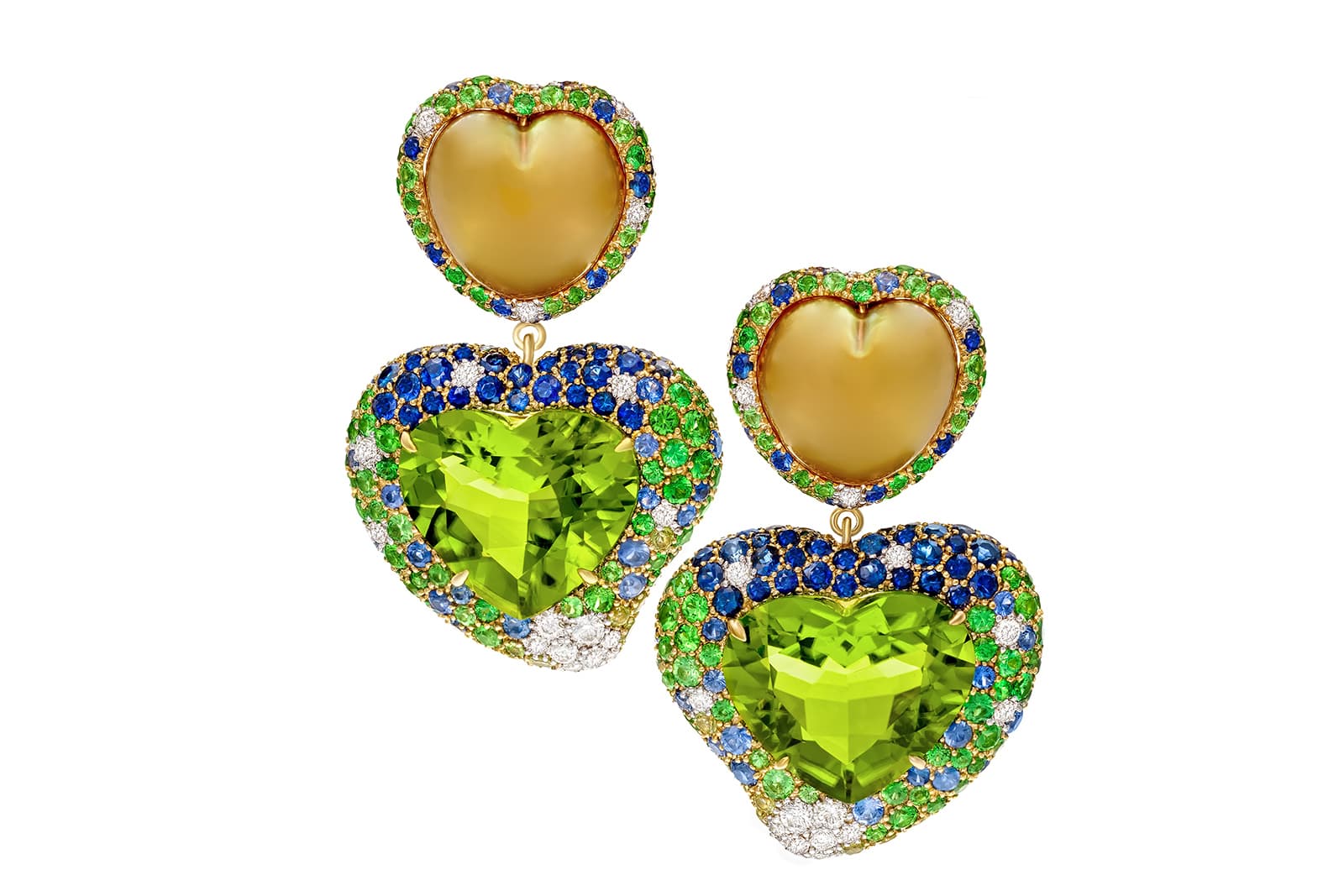
Margot McKinney
Margot McKinney
'Hearts Desire' earrings with peridot, South Sea pearls, diamonds, sapphires and tsavorites in yellow gold
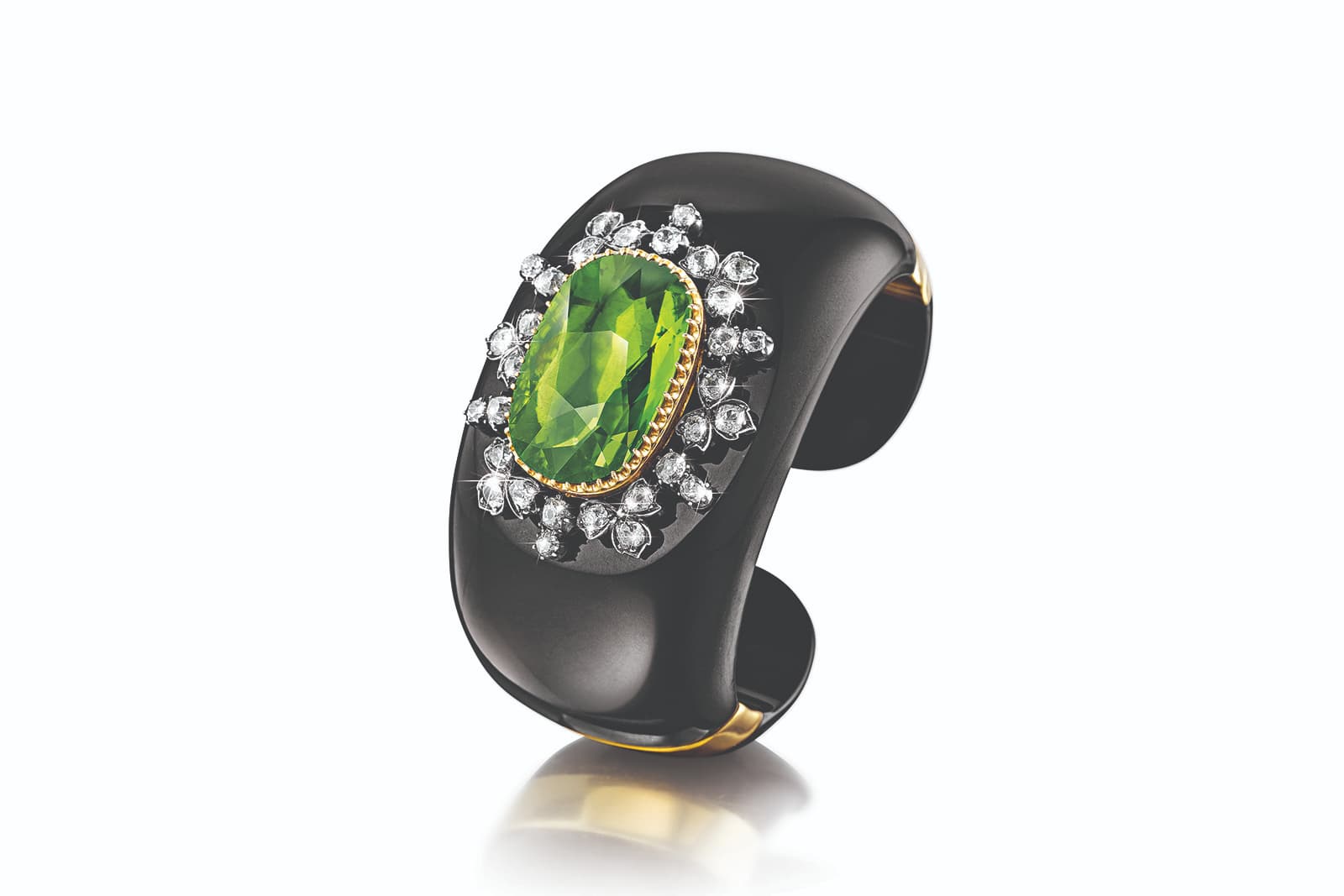
Verdura
Verdura
'No.91' cuff with peridot, diamond and onyx in white and yellow gold

WORDS
Jodie Smith is a San Francisco based writer, trend forecaster and creative consultant specialising in the jewellery and luxury industries.
Related Articles
Latest Stories
Add articles and images to your favourites. Just

Century of Splendour:Louis Vuitton Awakened Hands, Awakened Minds Chapter II
Creative Director Francesca Amfitheatrof offers her unique interpretation of a pivotal period in France’s history, marked by the French Revolution, the Napoleonic era, and the rise of industrialism
Jewels Katerina Perez Loves
Continue Reading
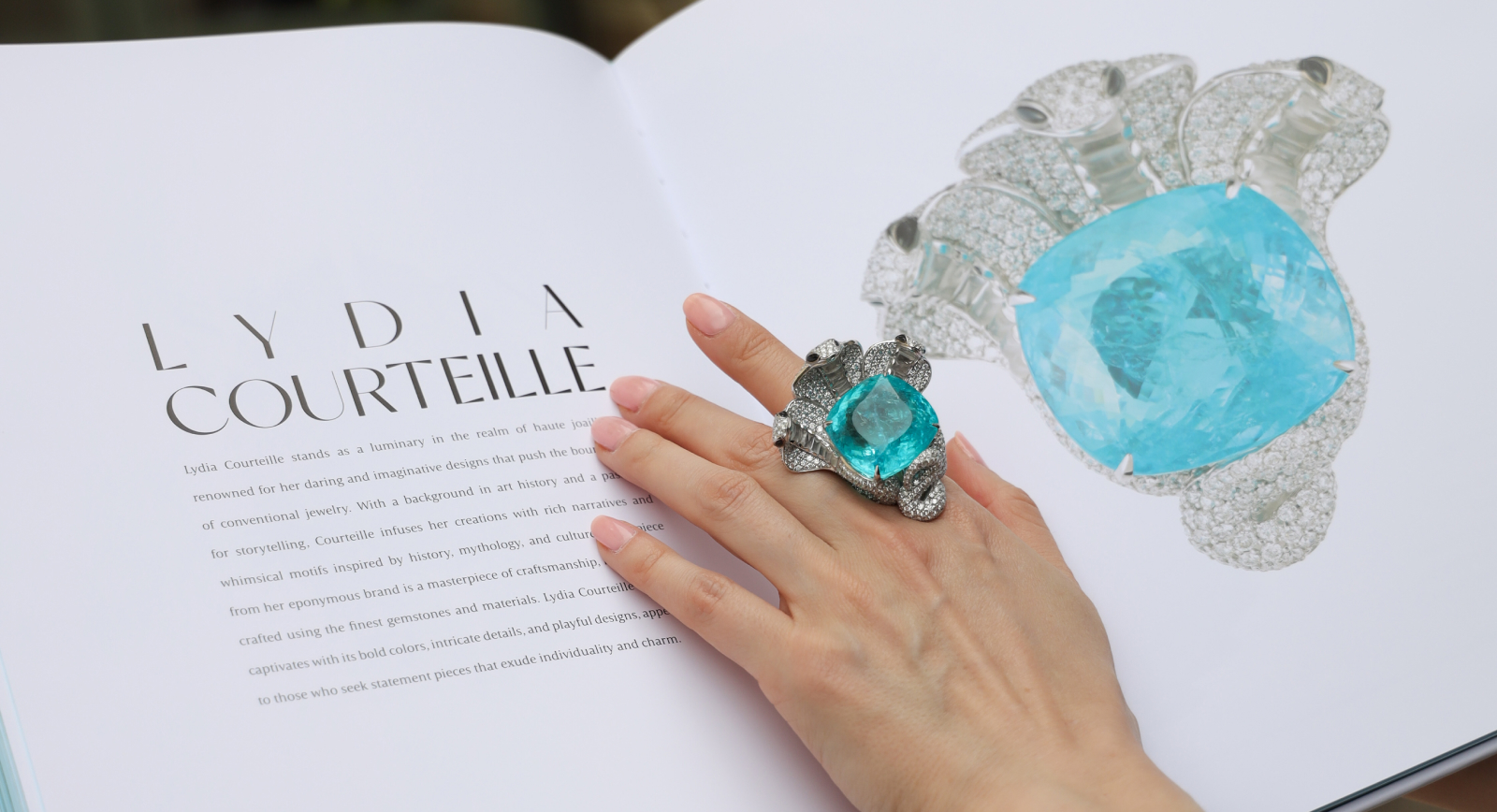
Writing Adventures:Co-Authoring the Book
Paraiba: The Legacy of a Color
Brand Focus: Louis Vuitton
Jewellery Insights straight to your inbox



